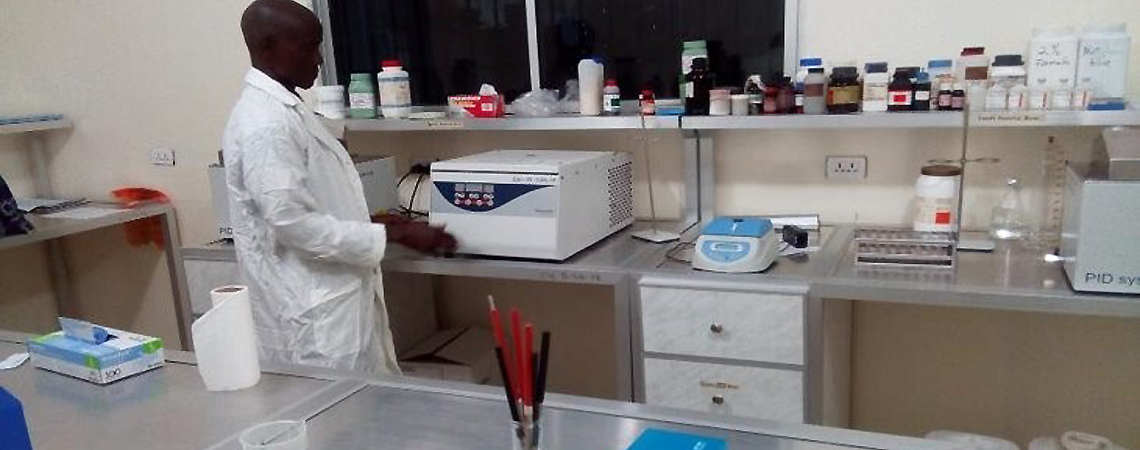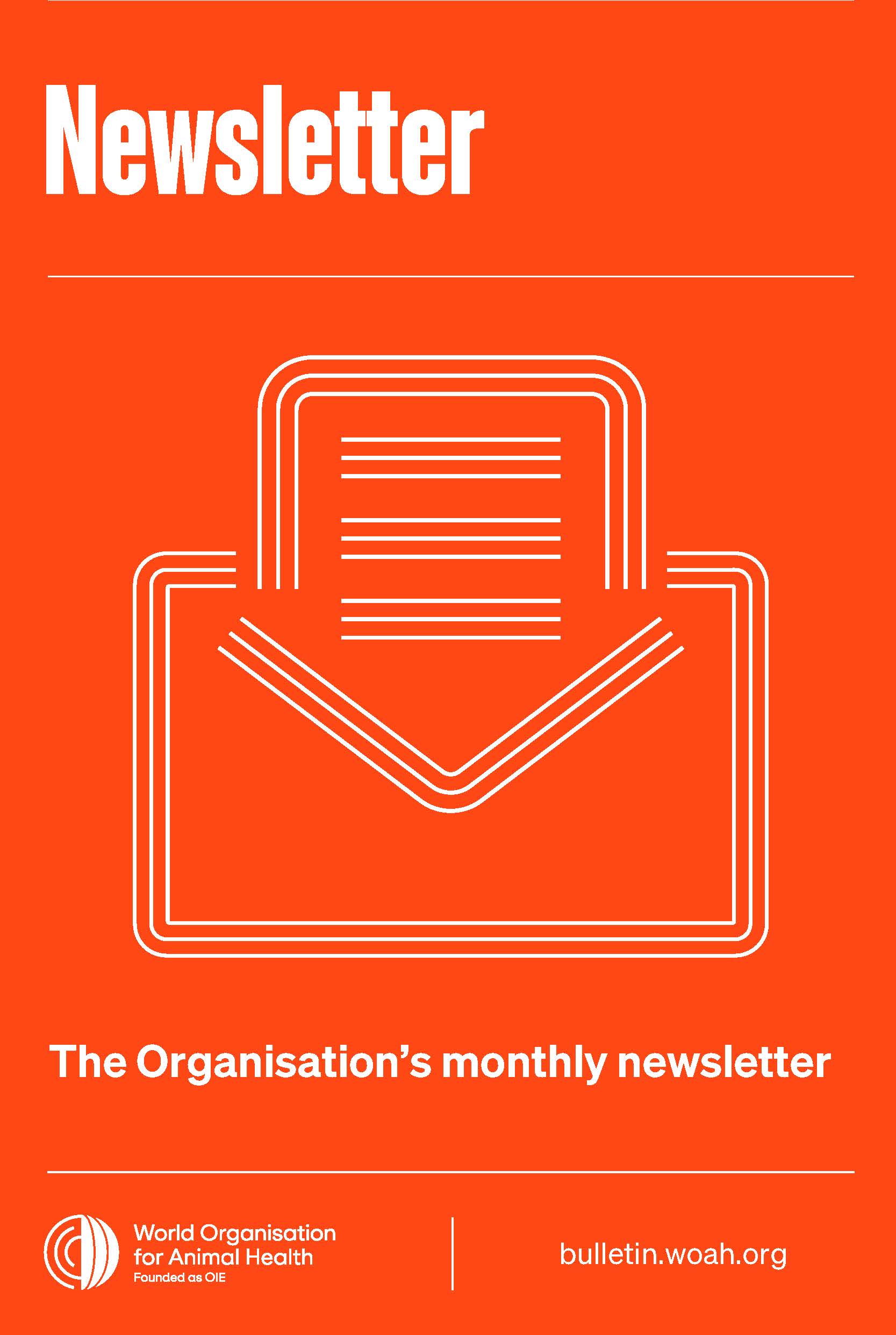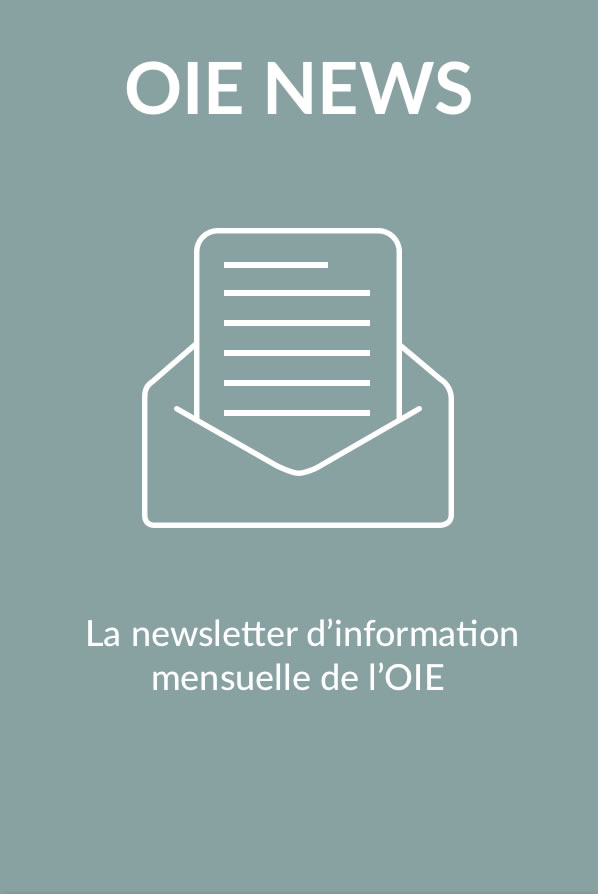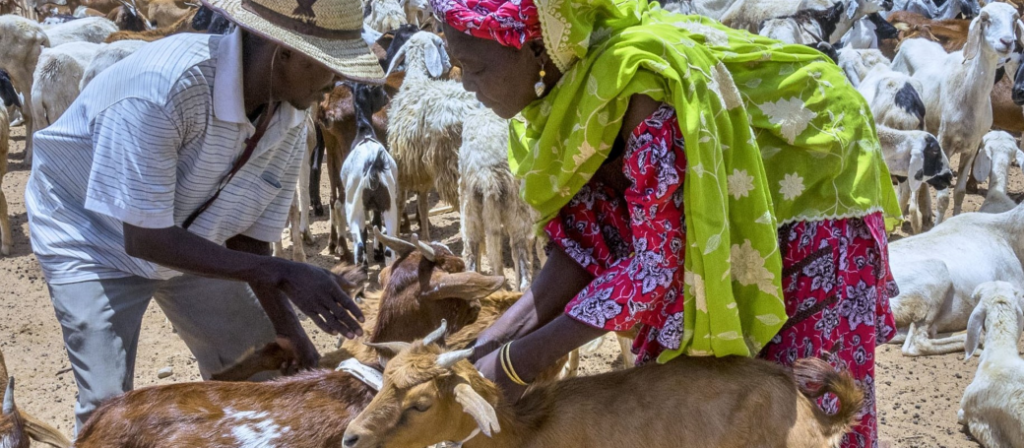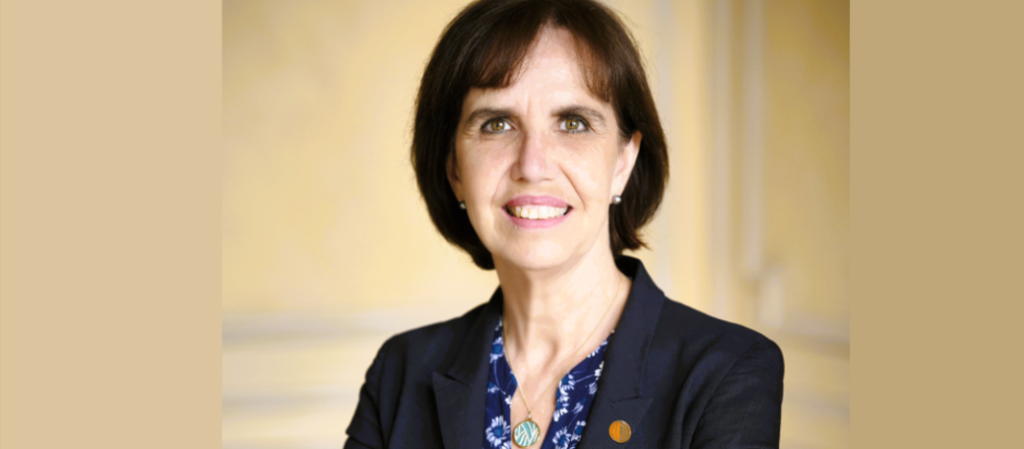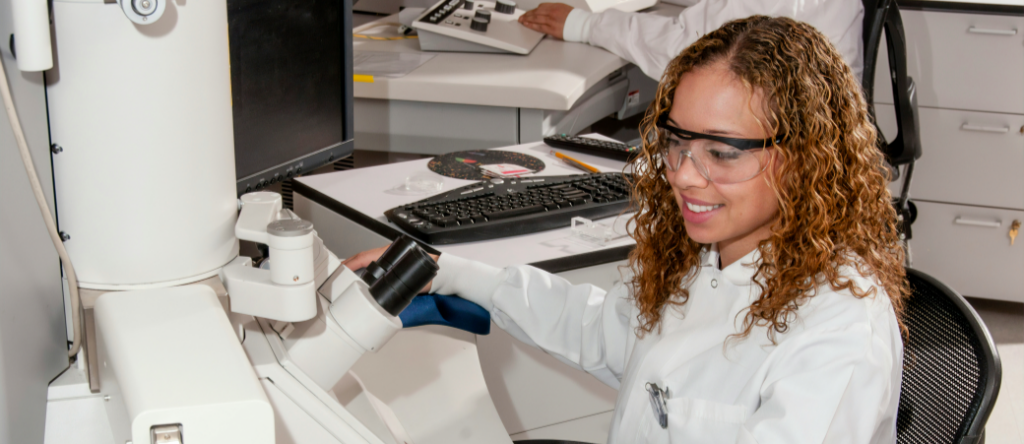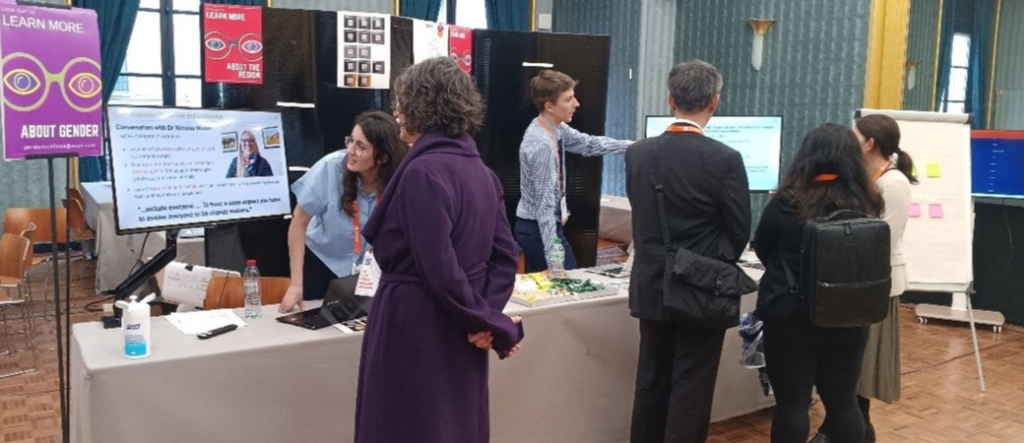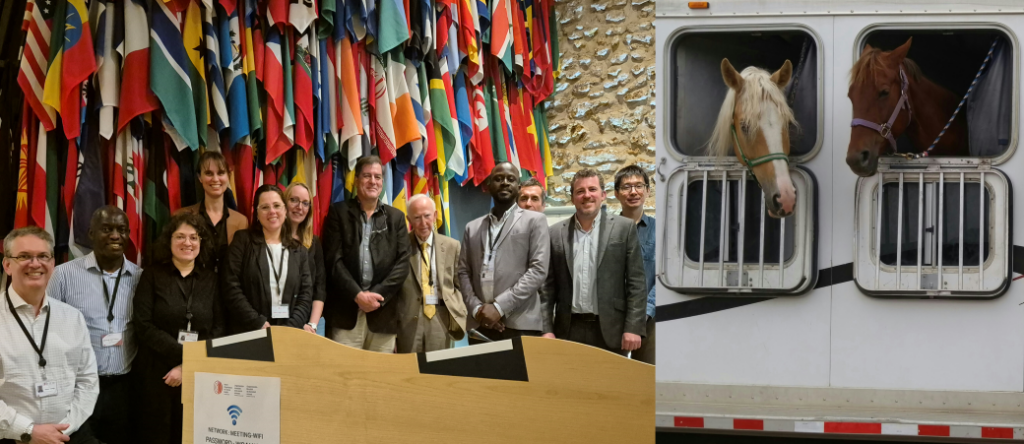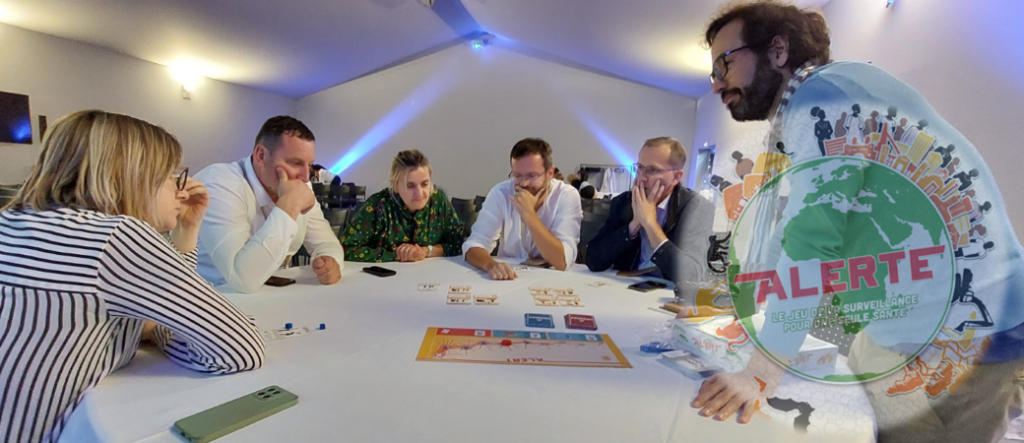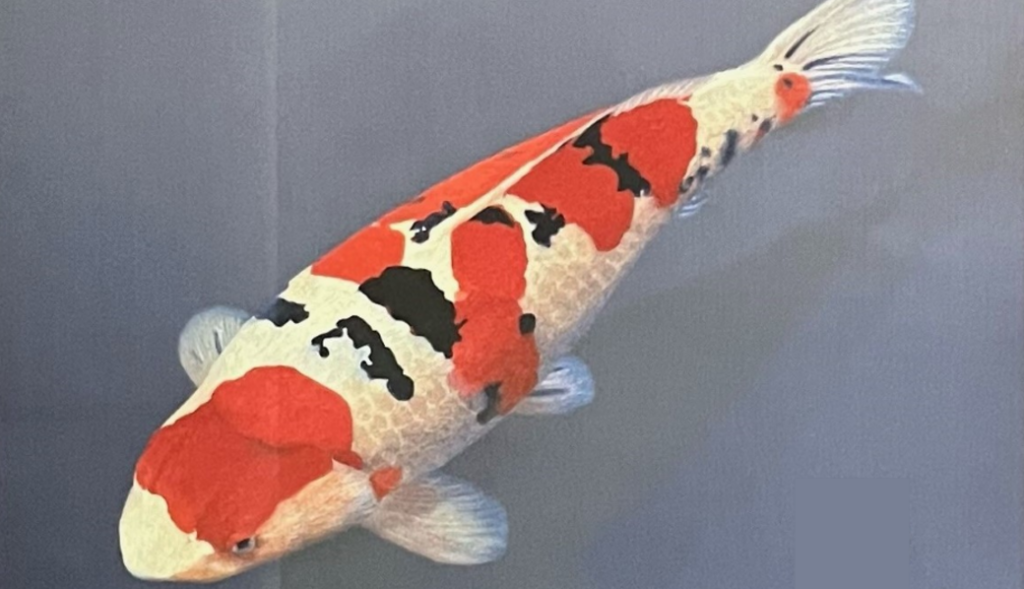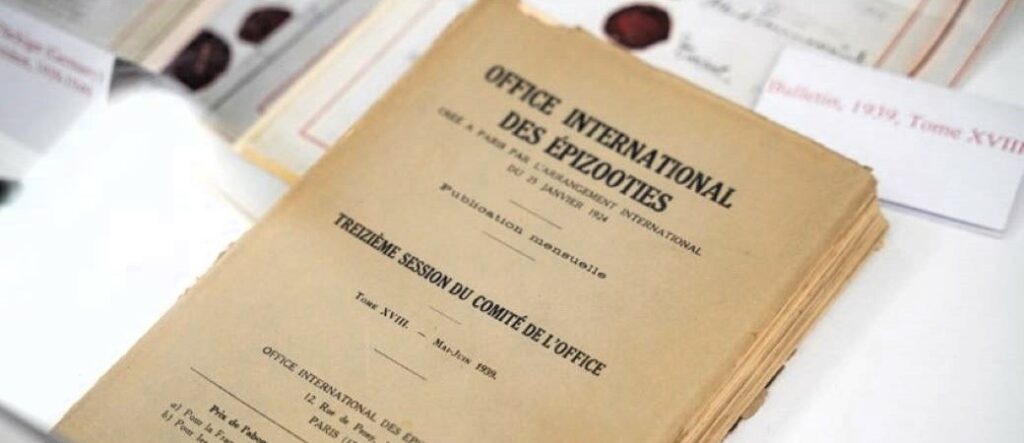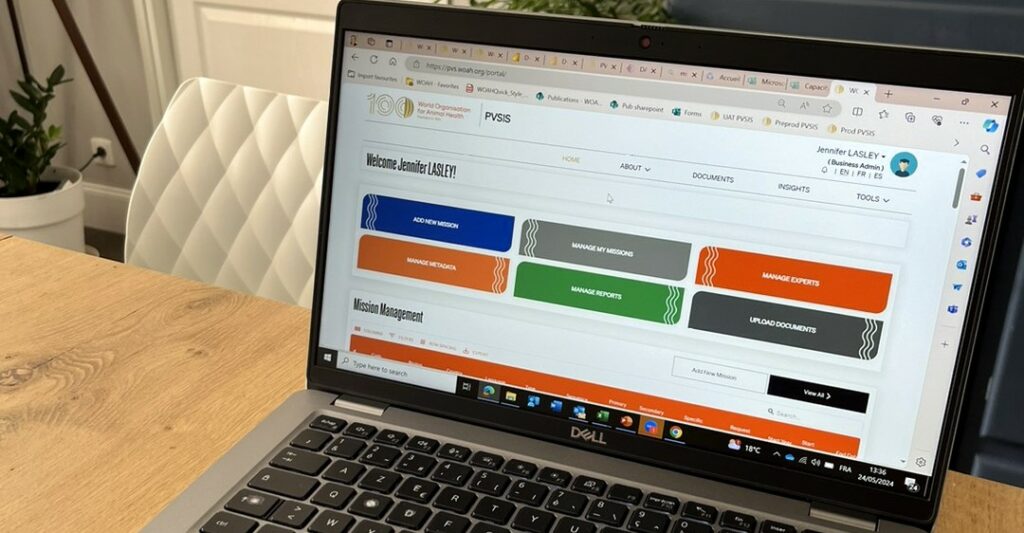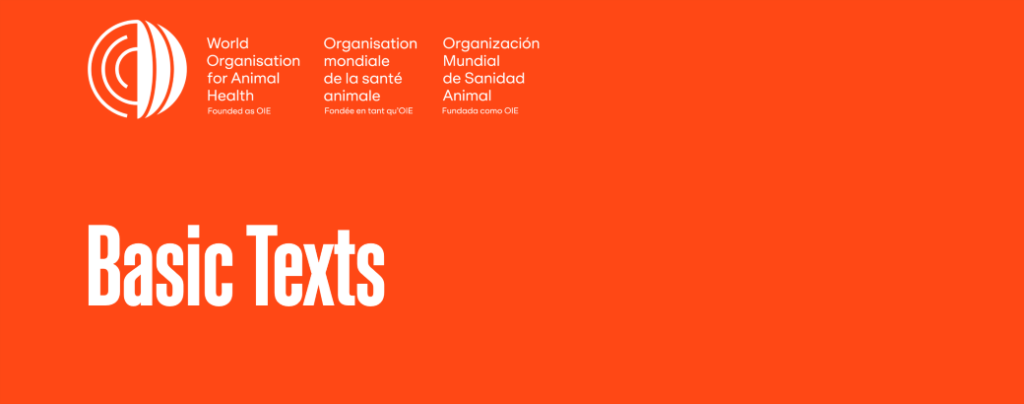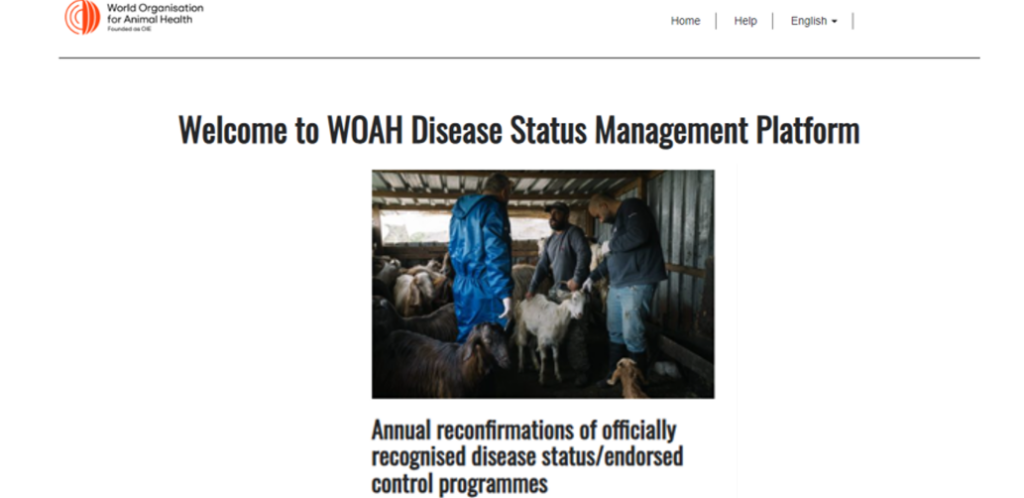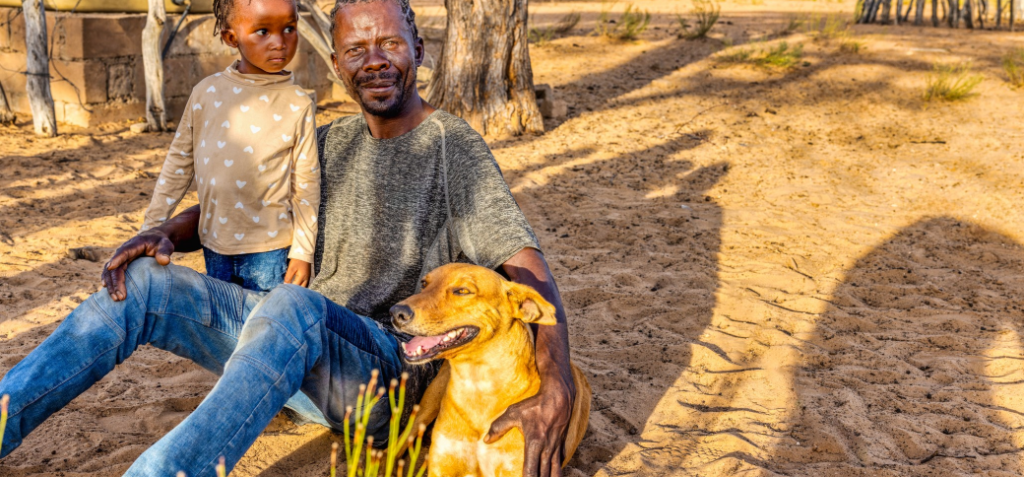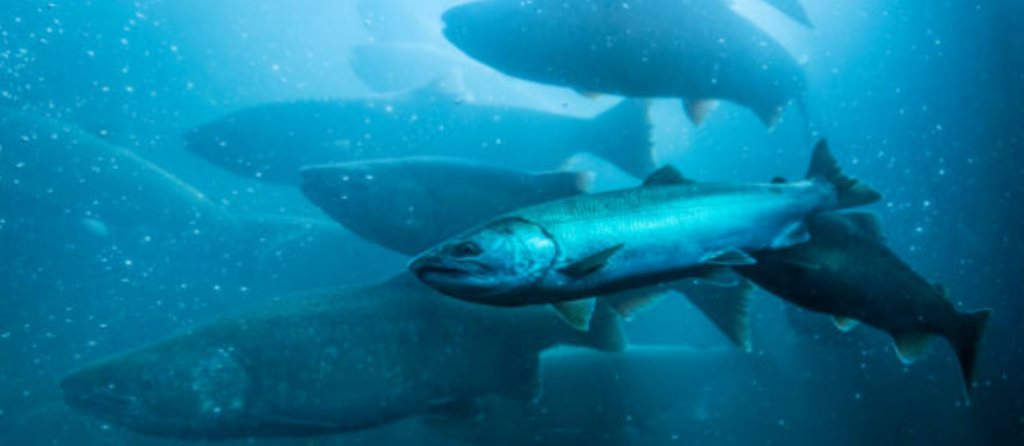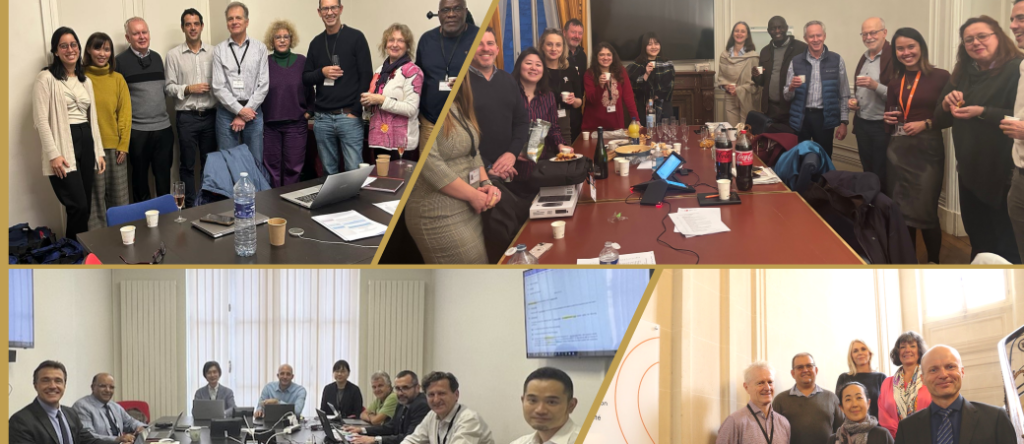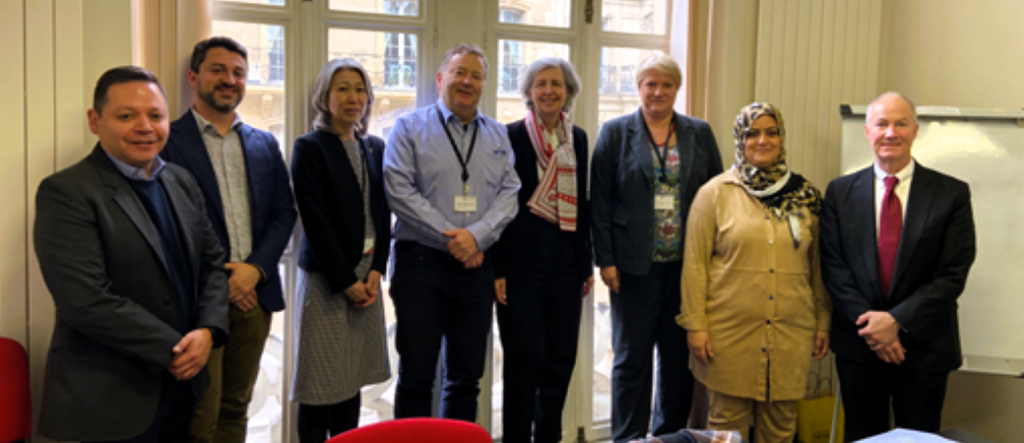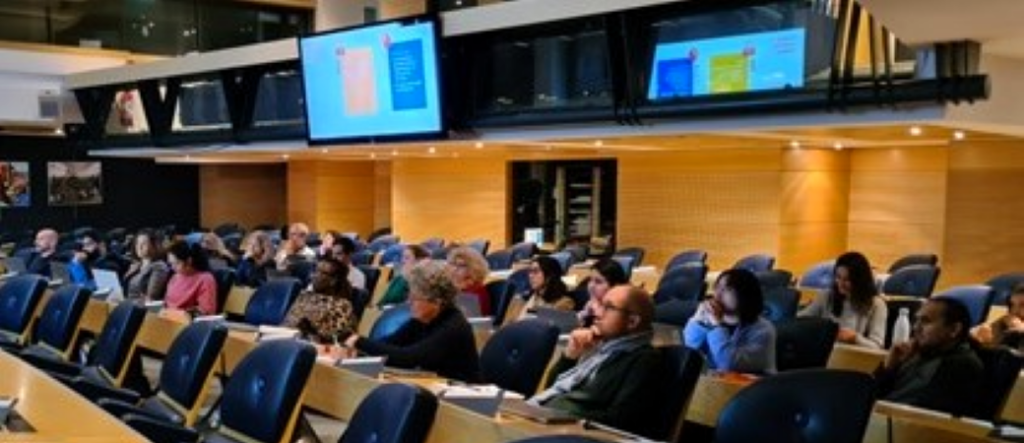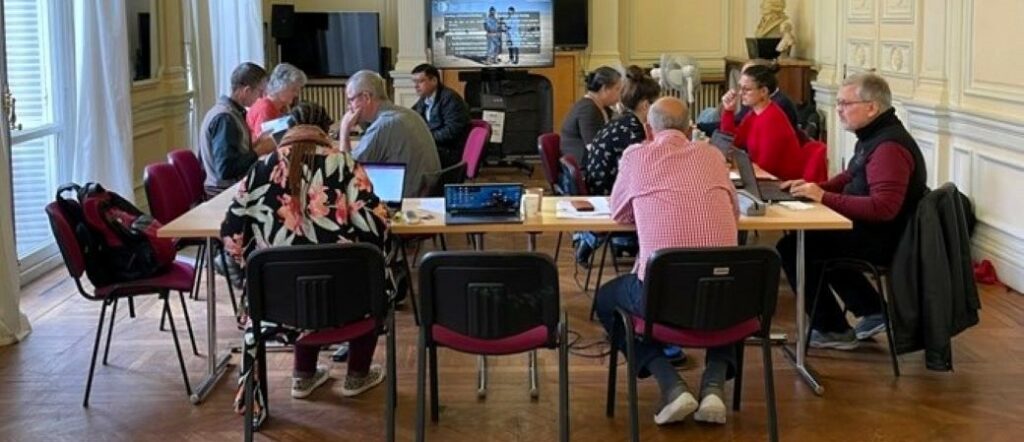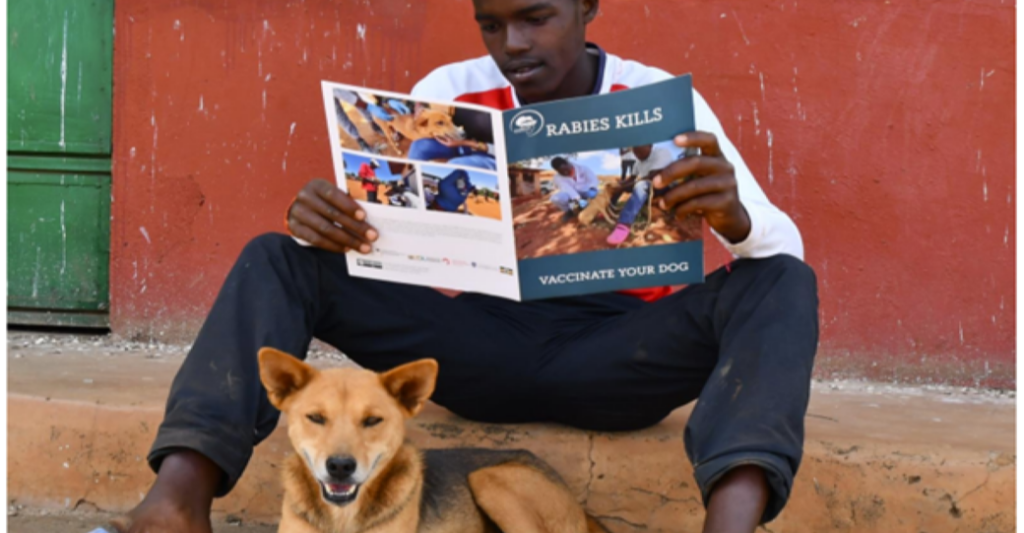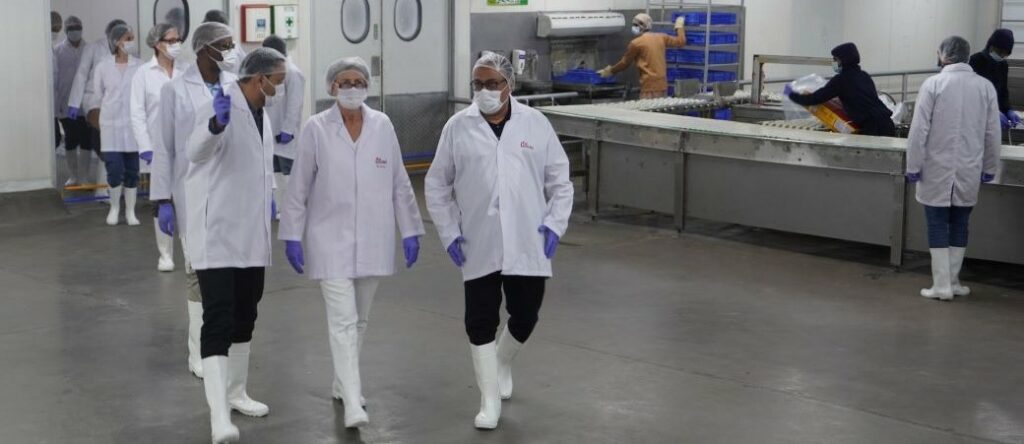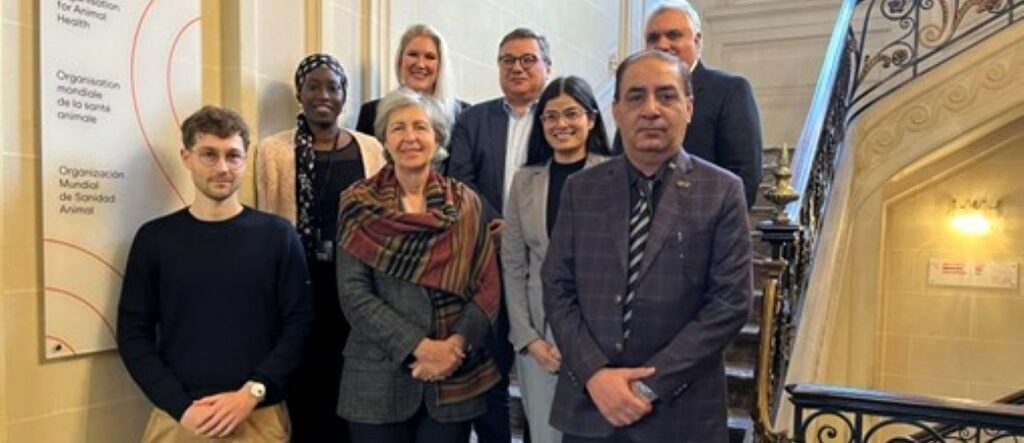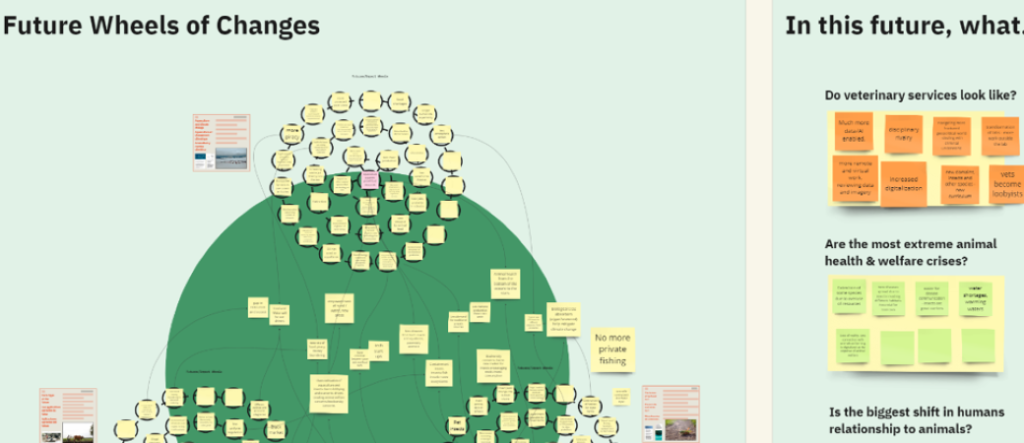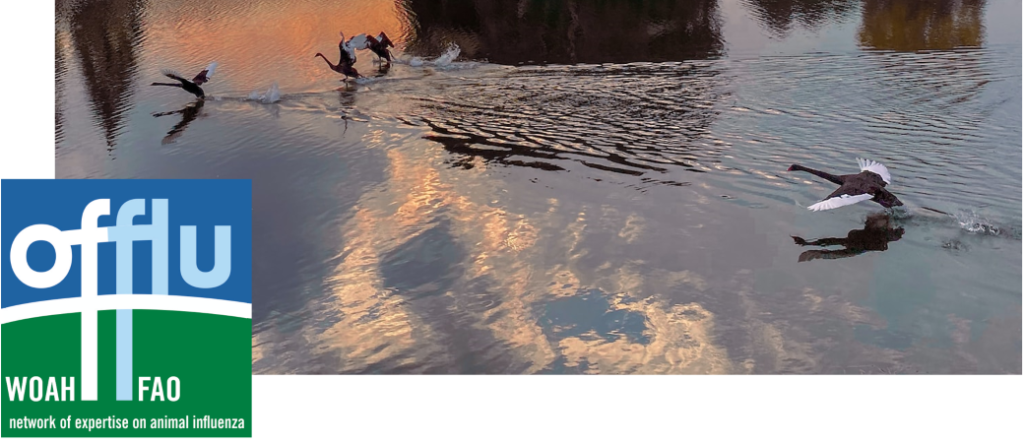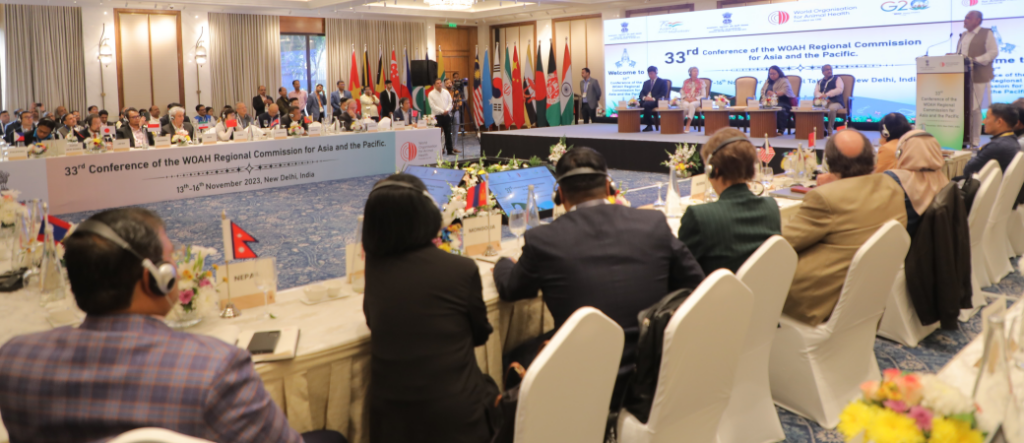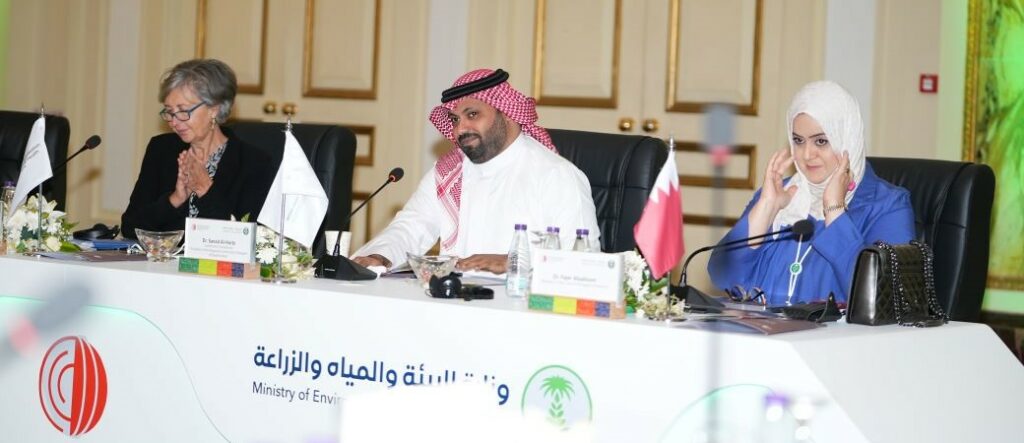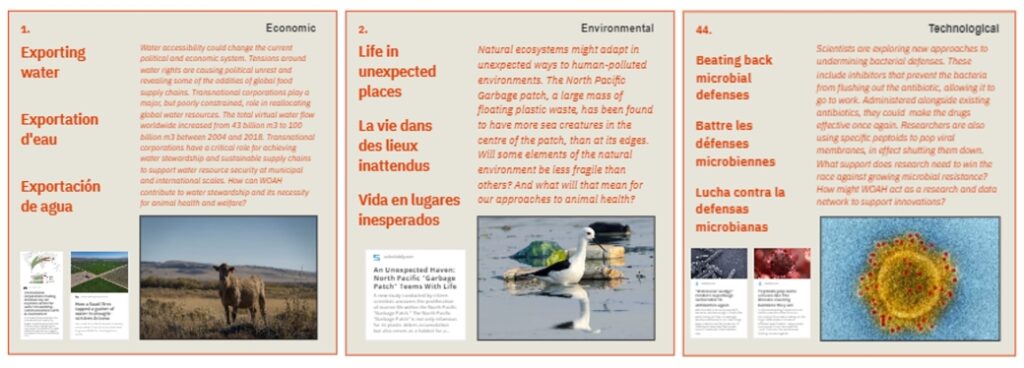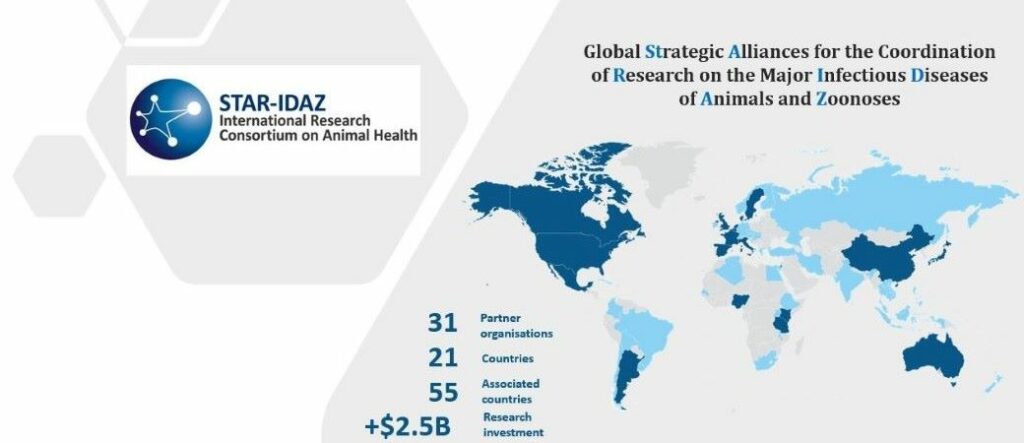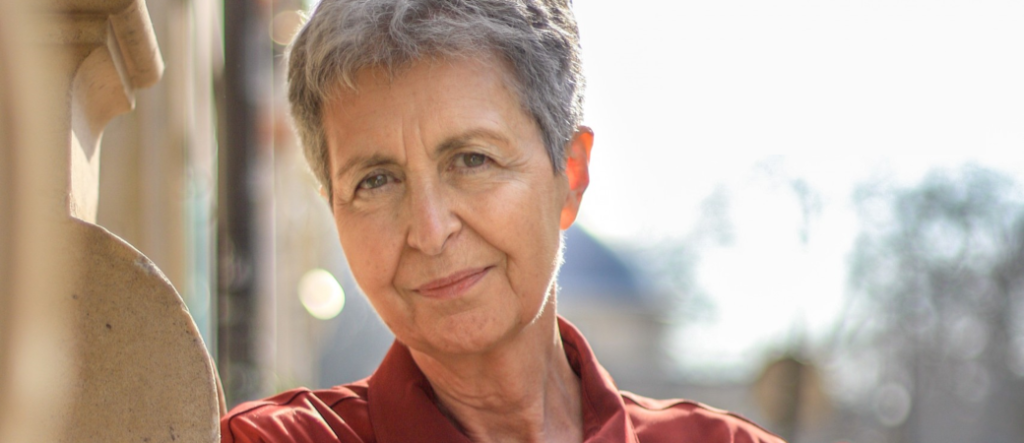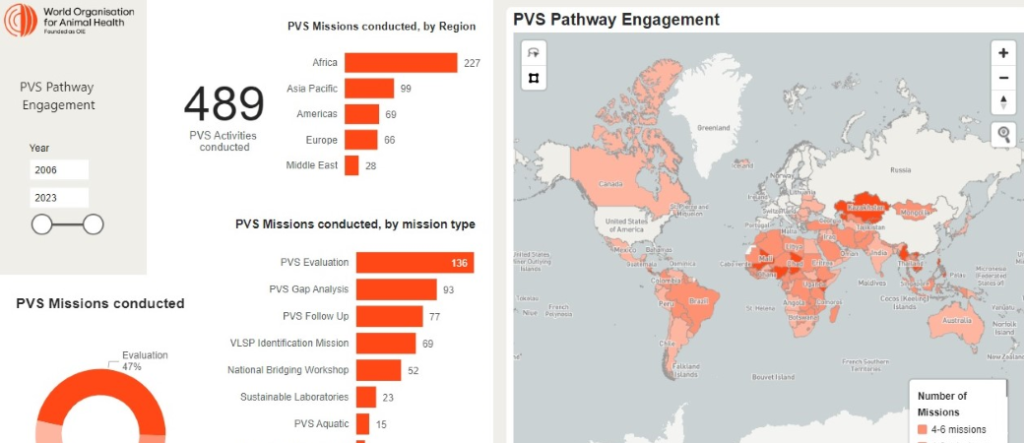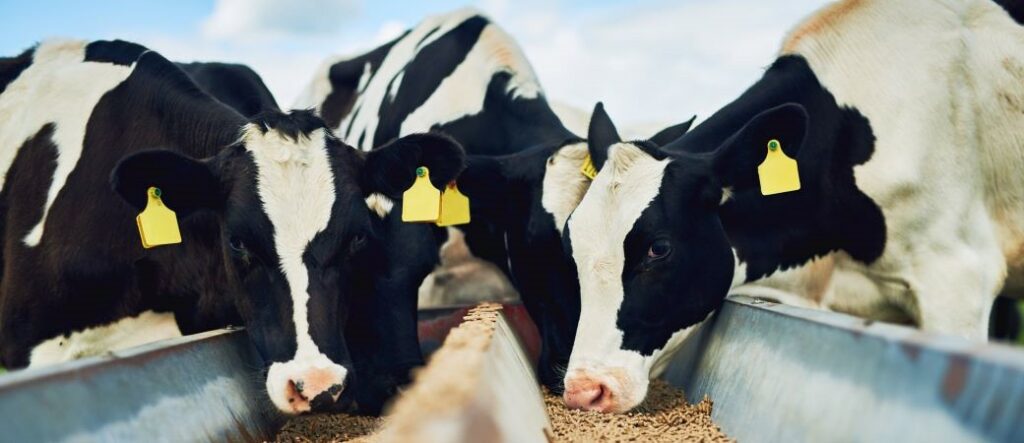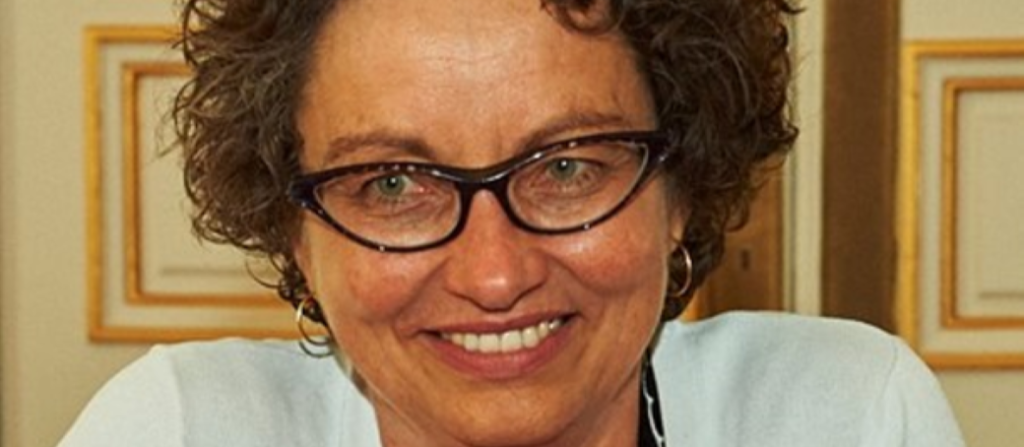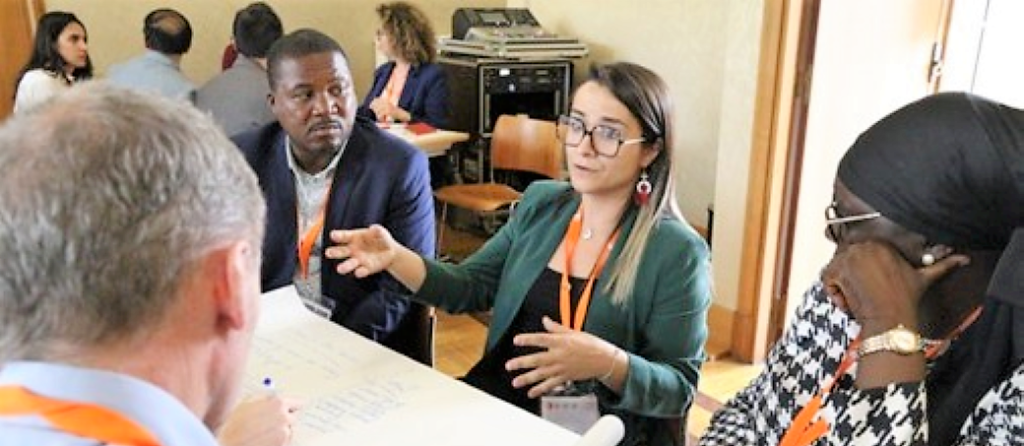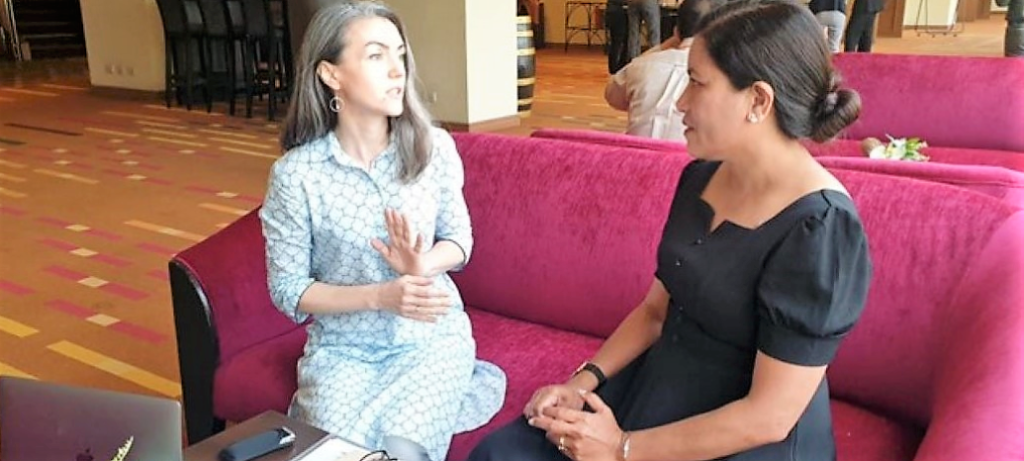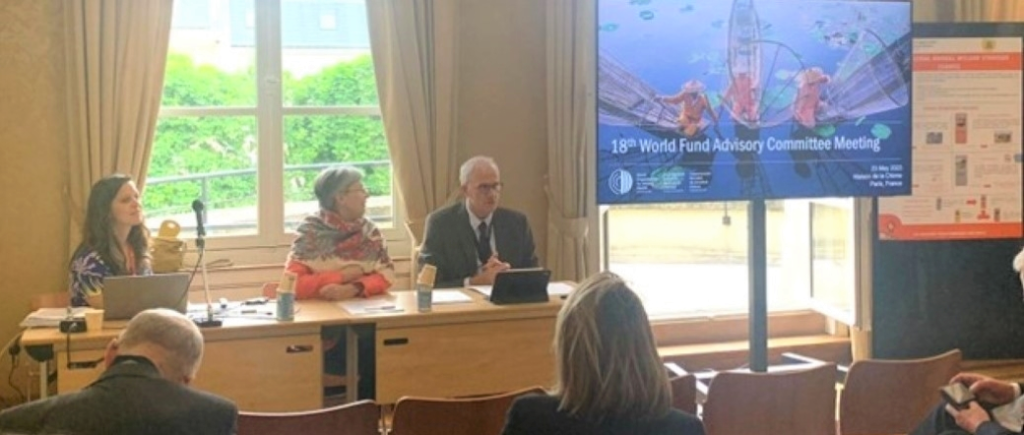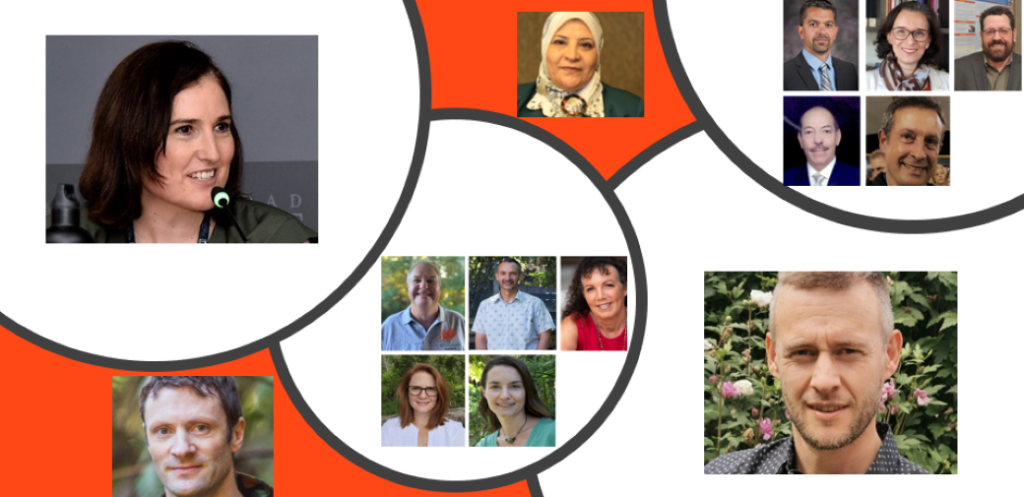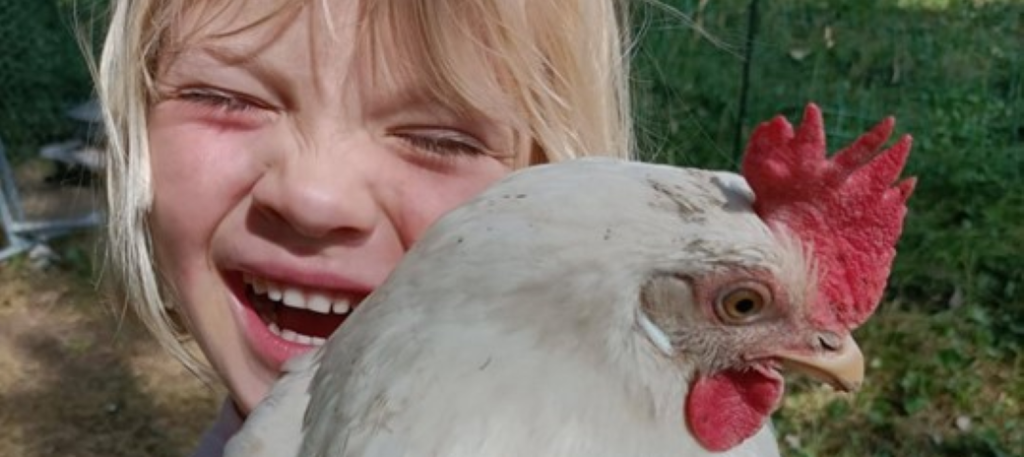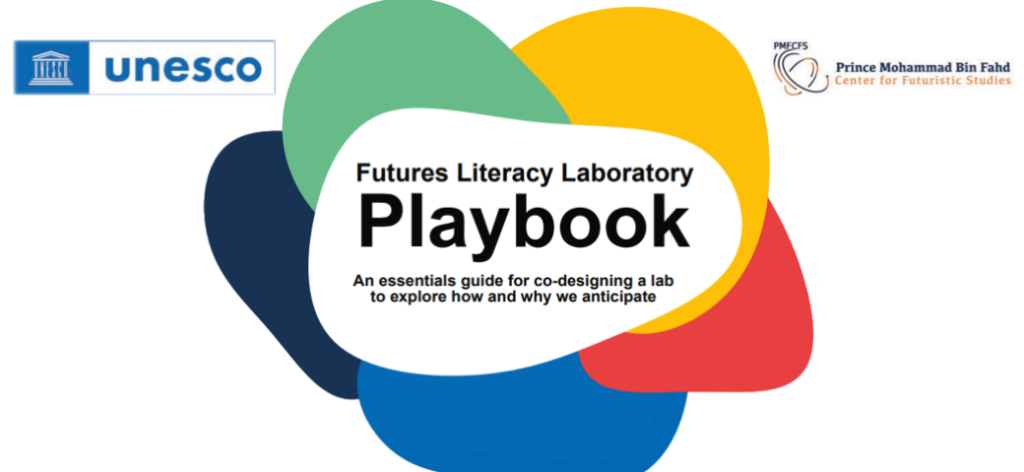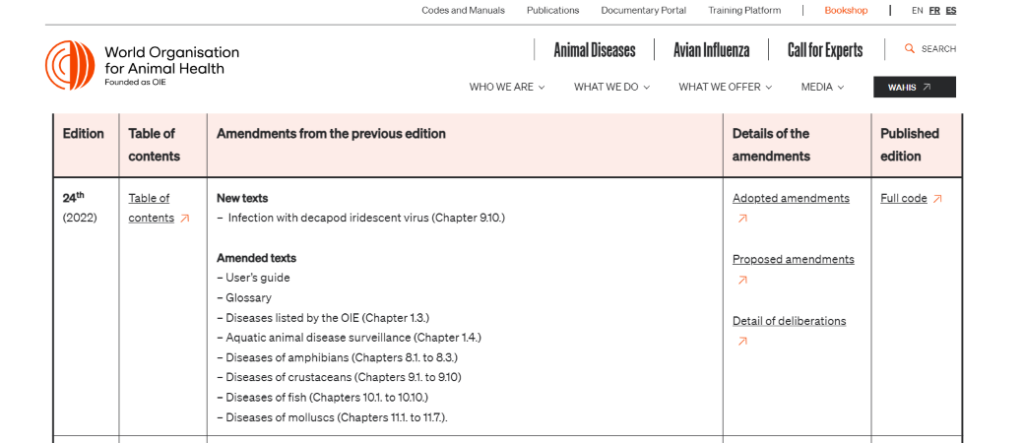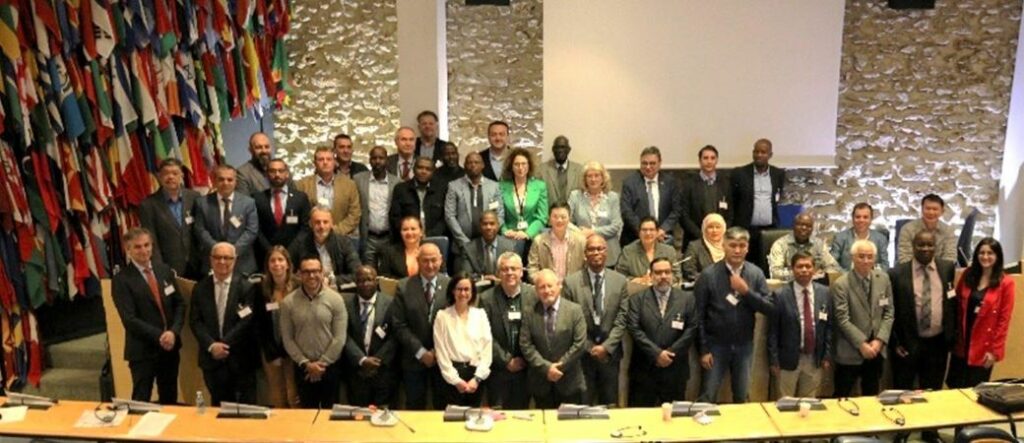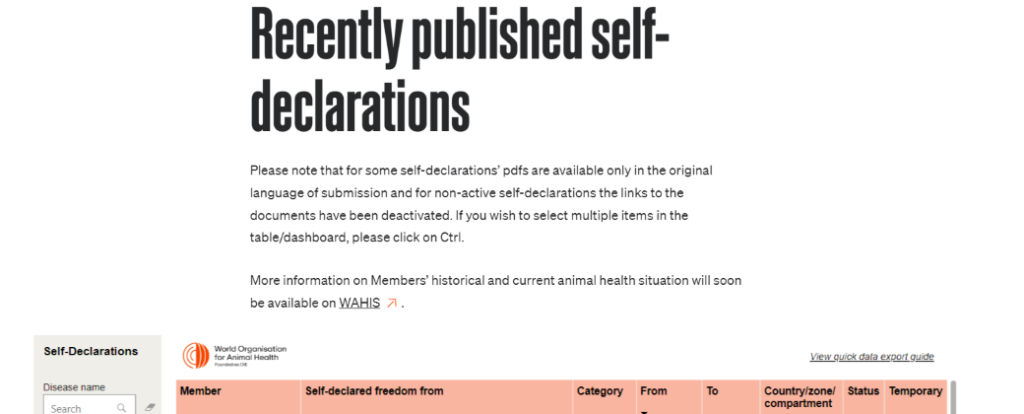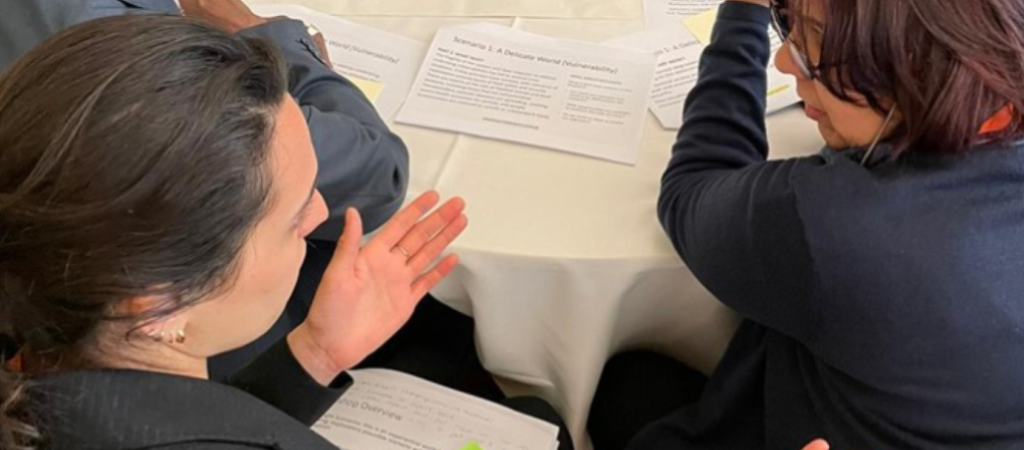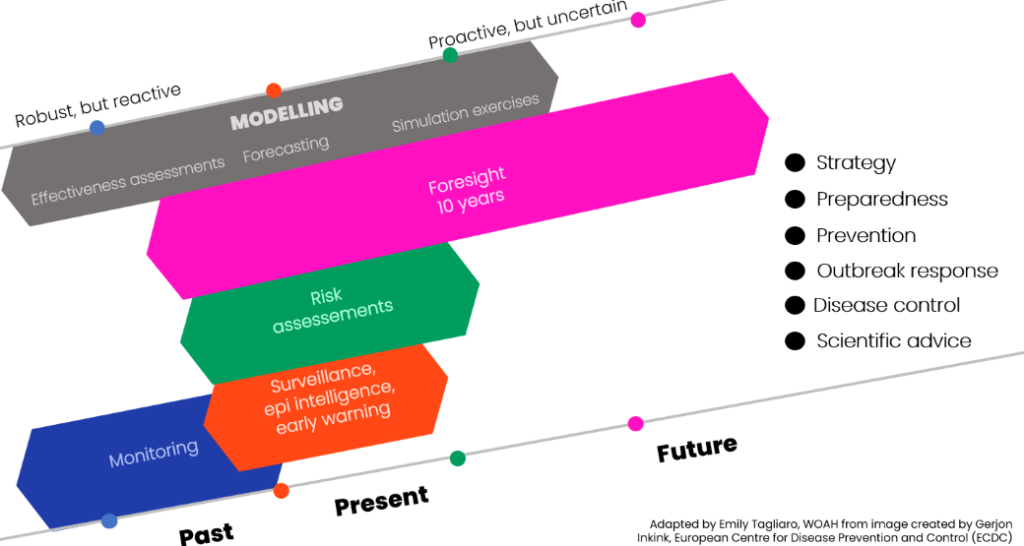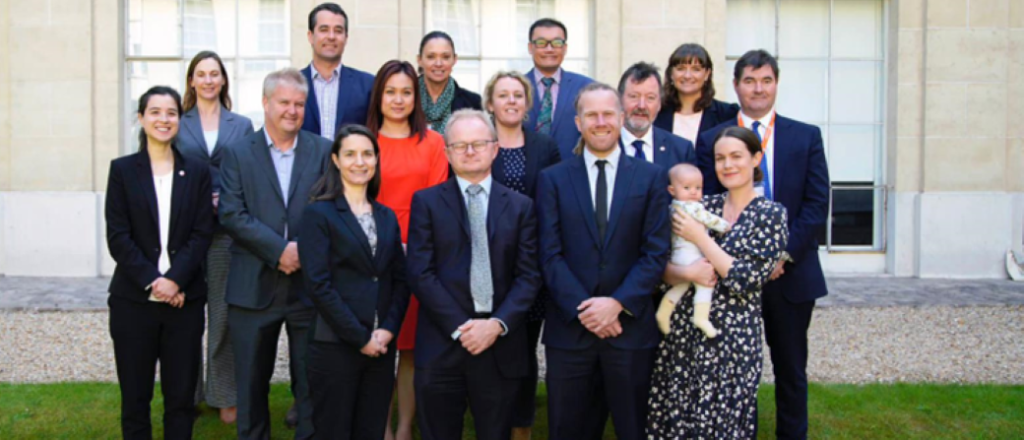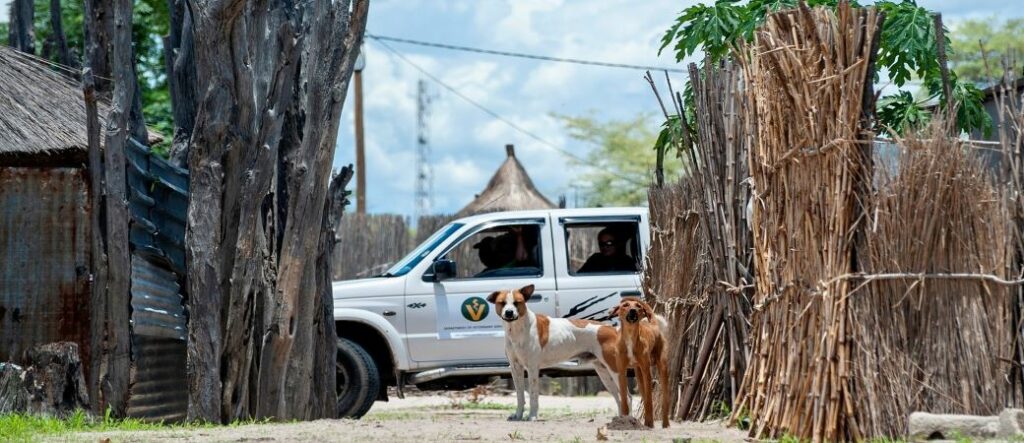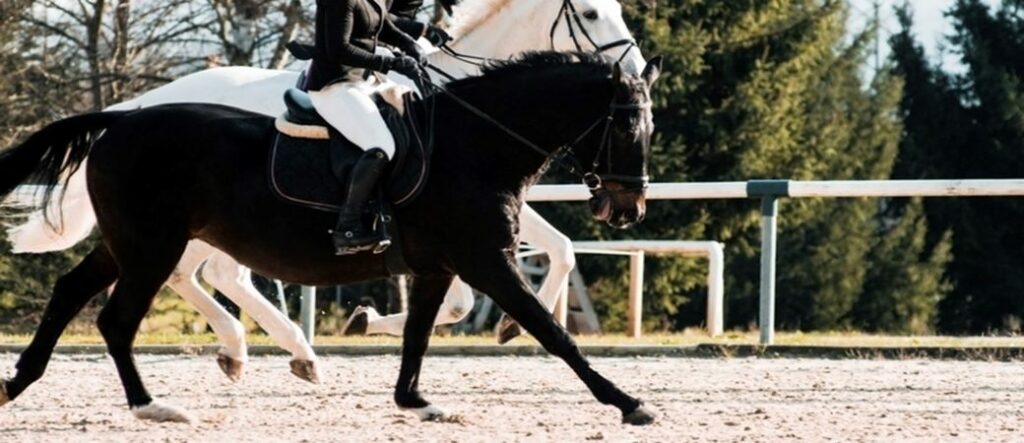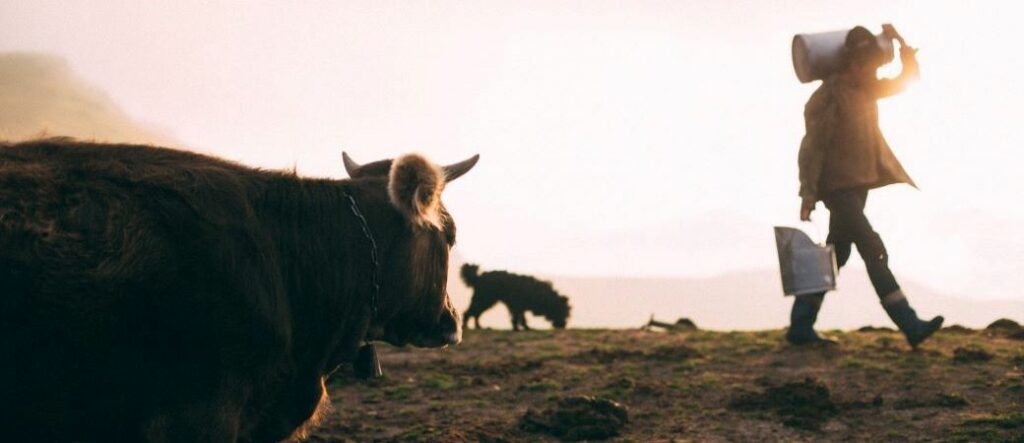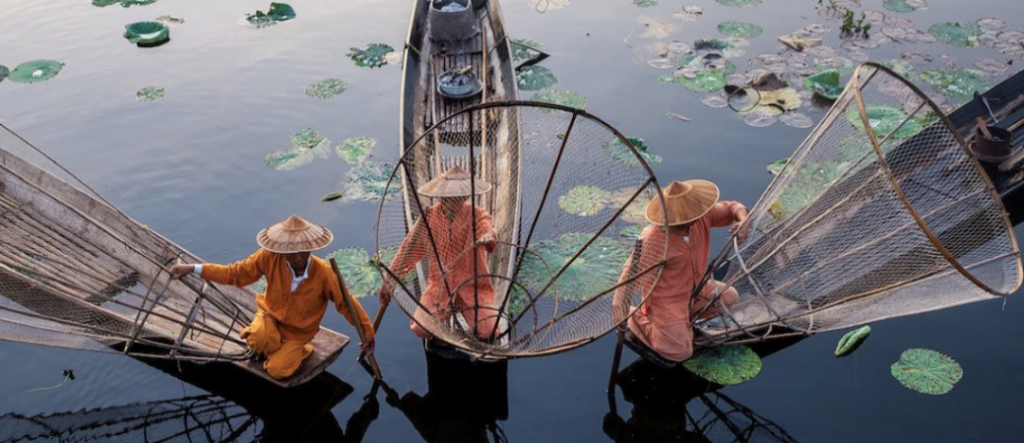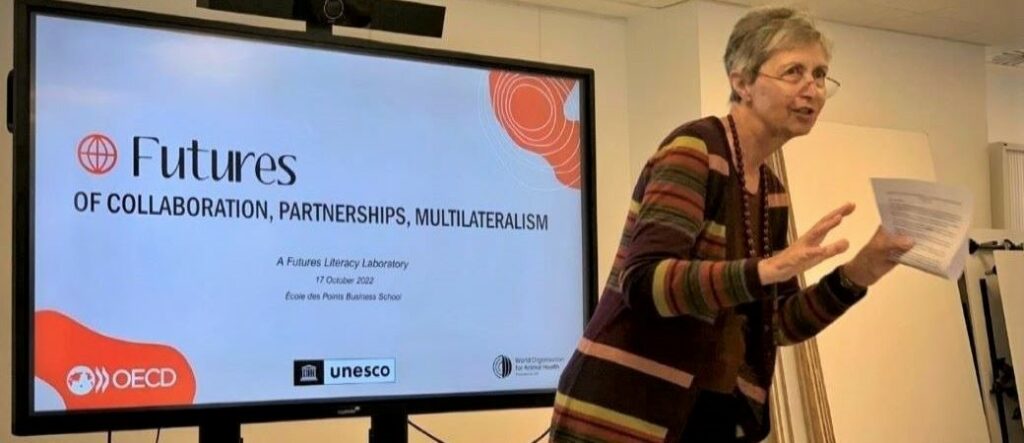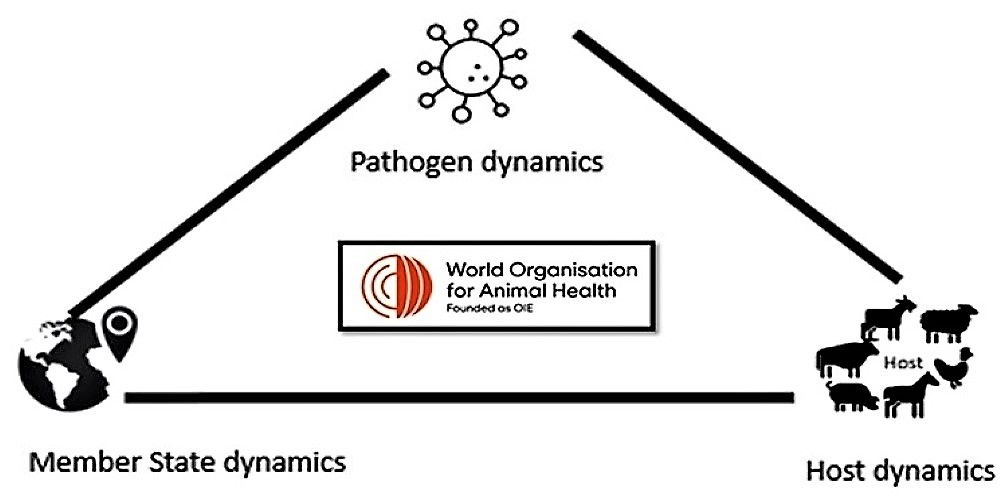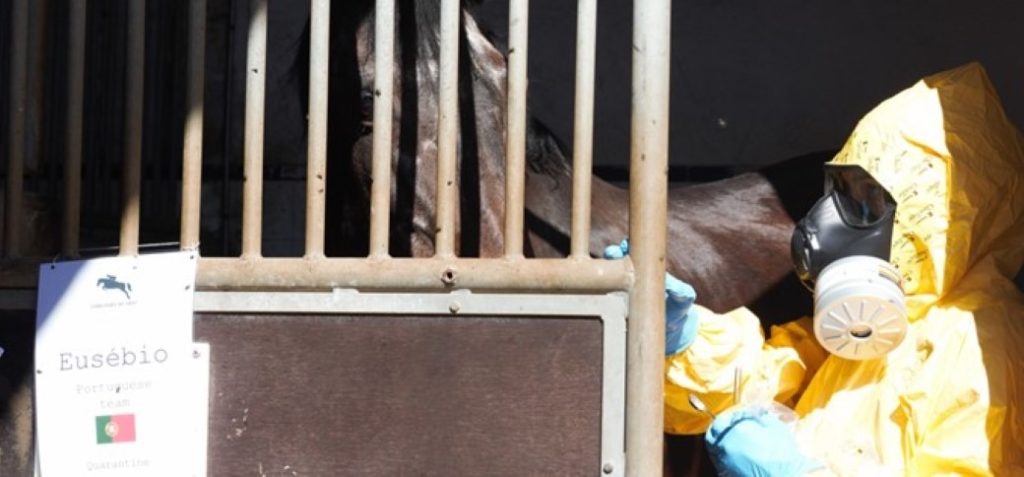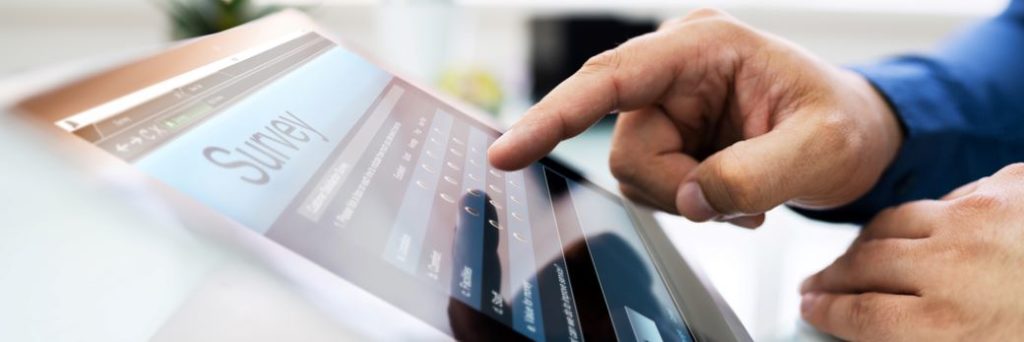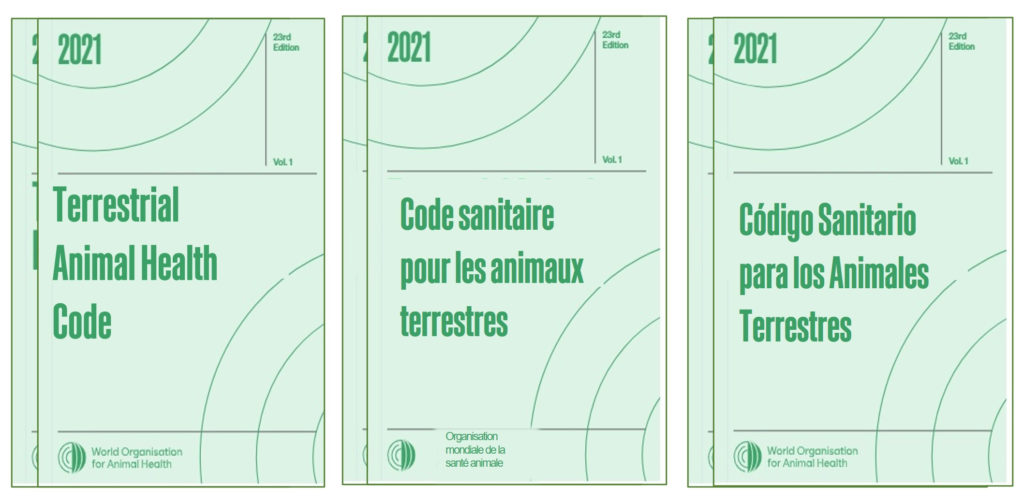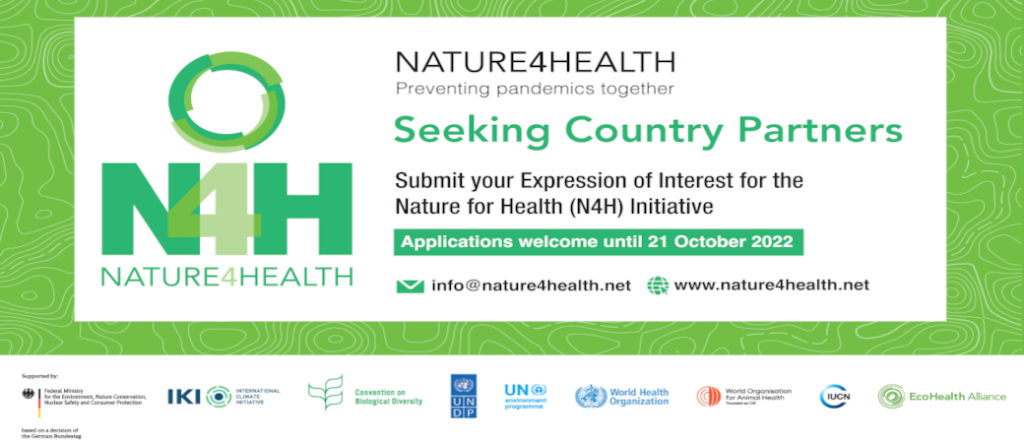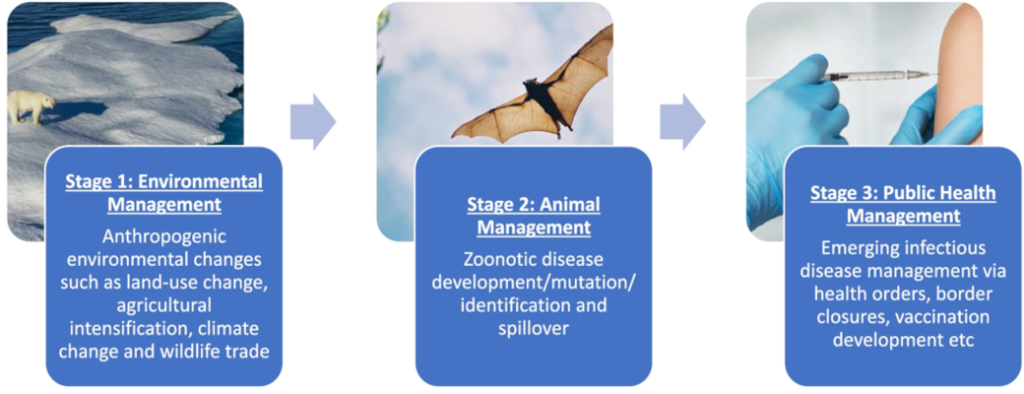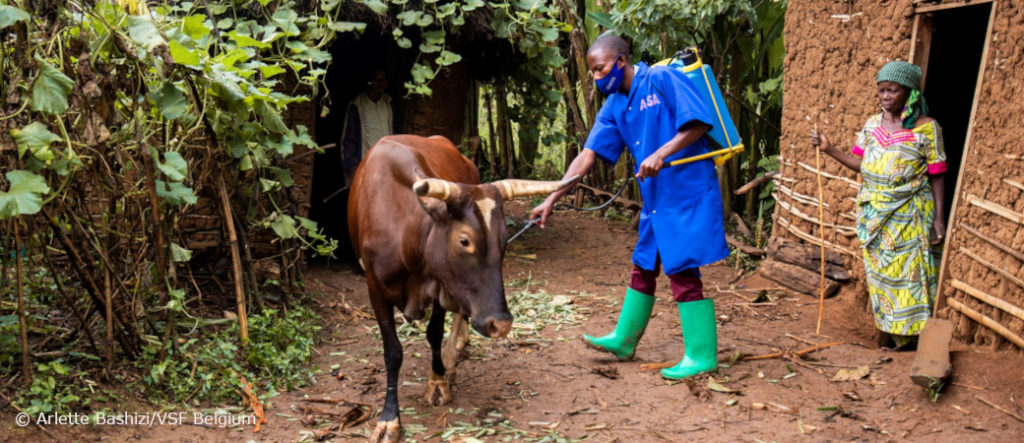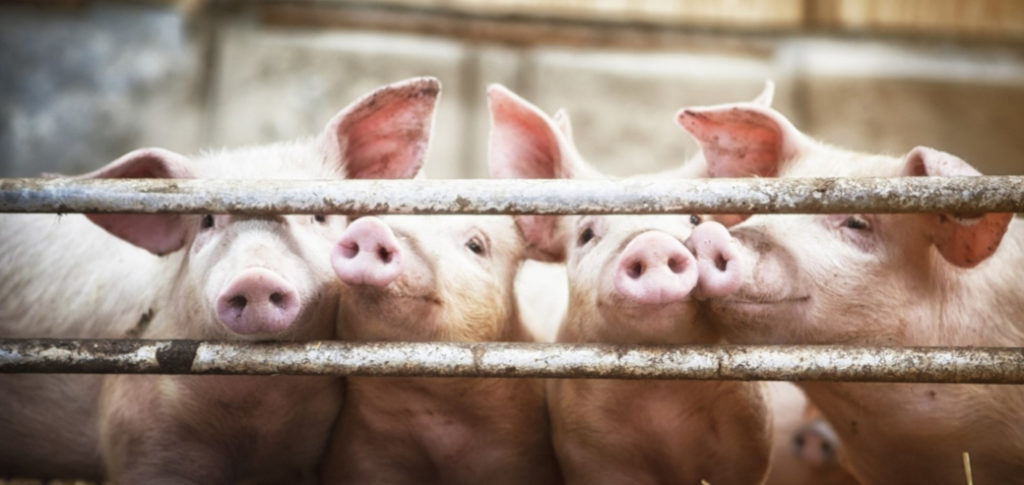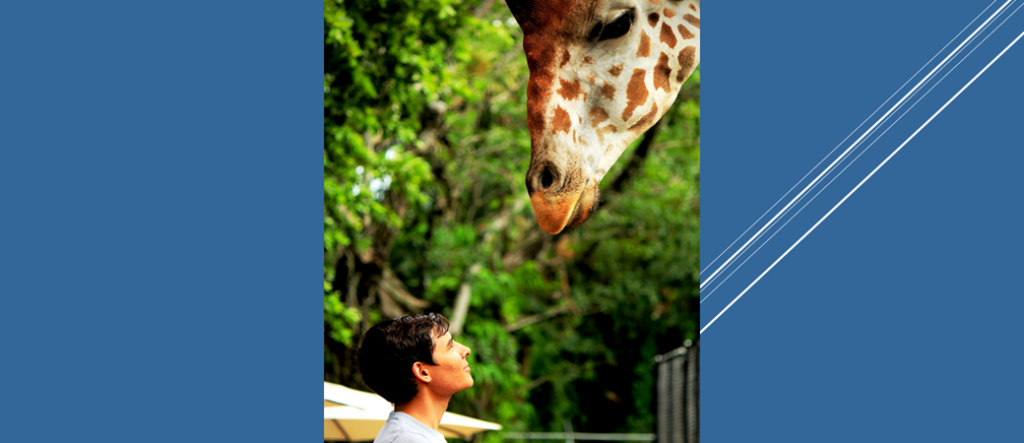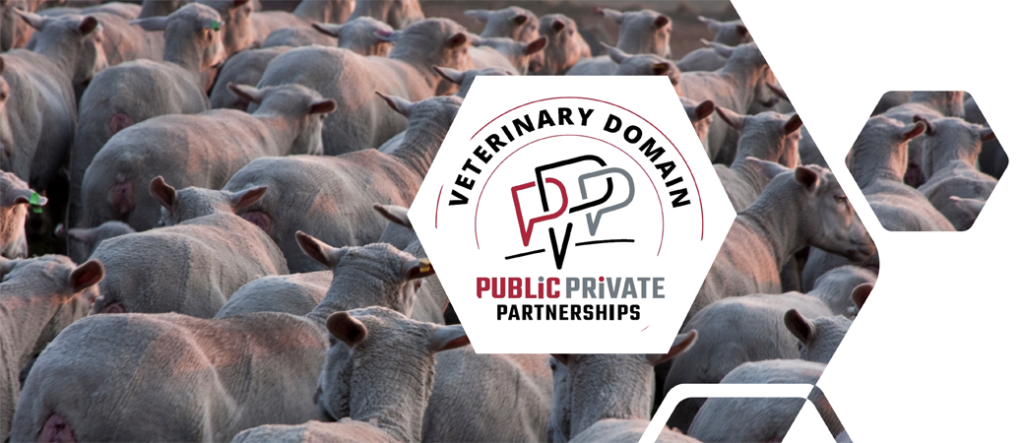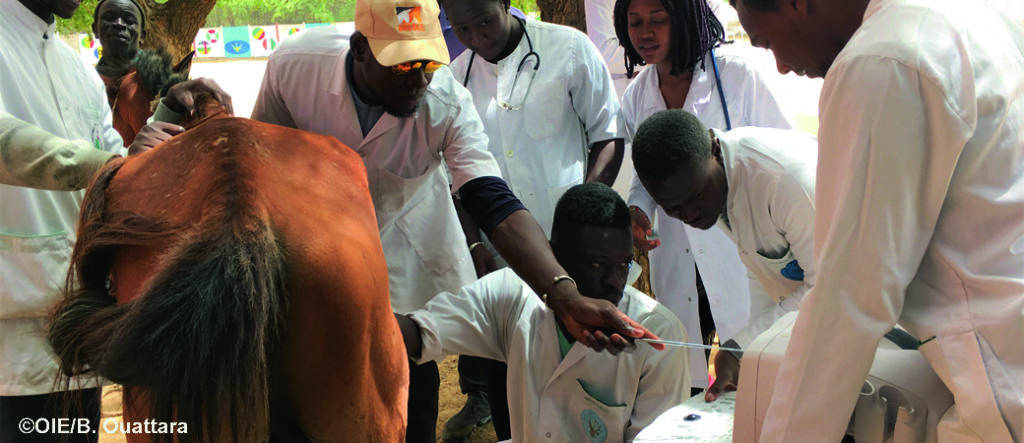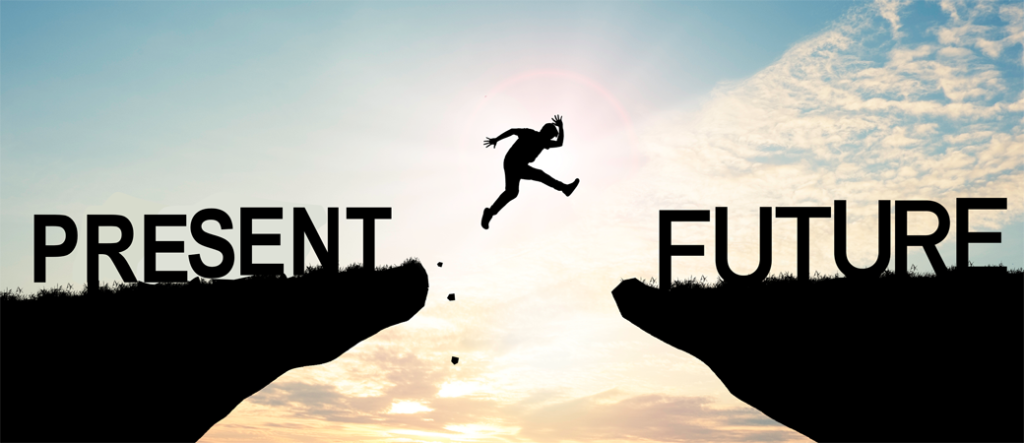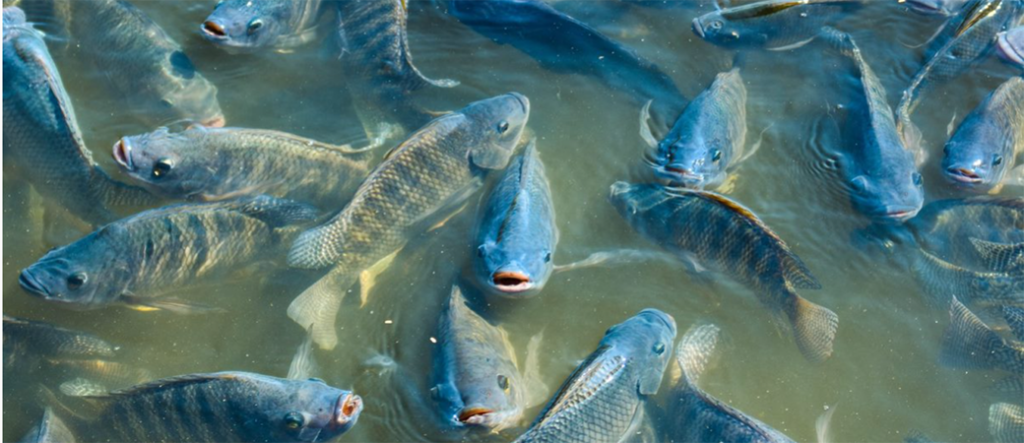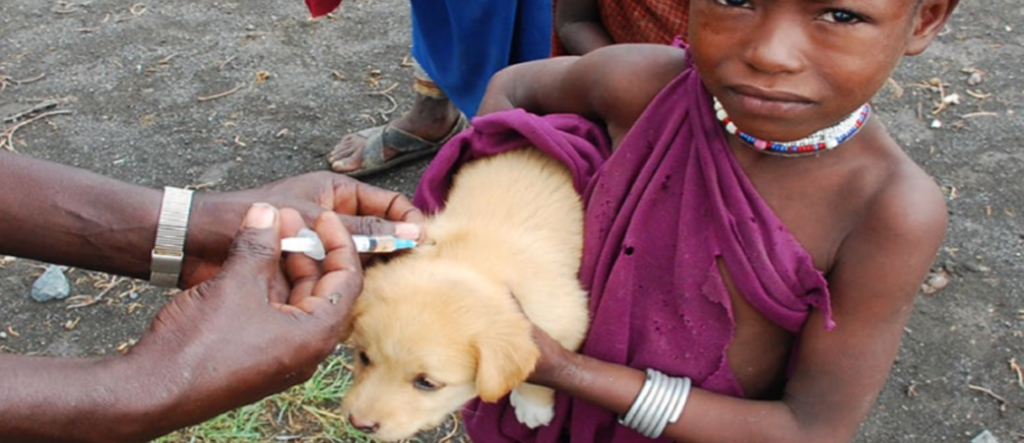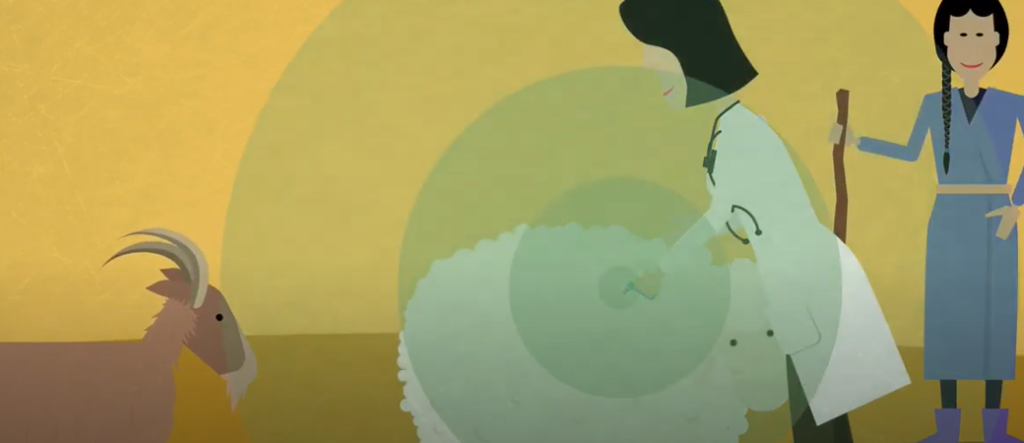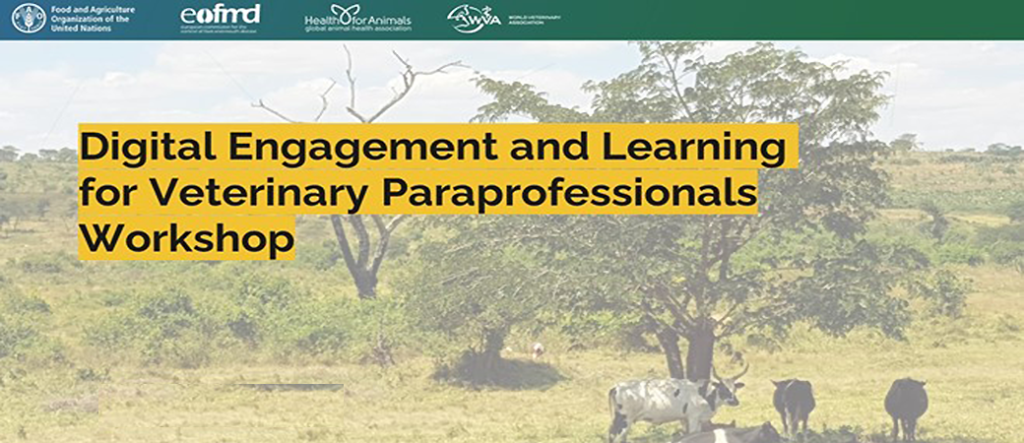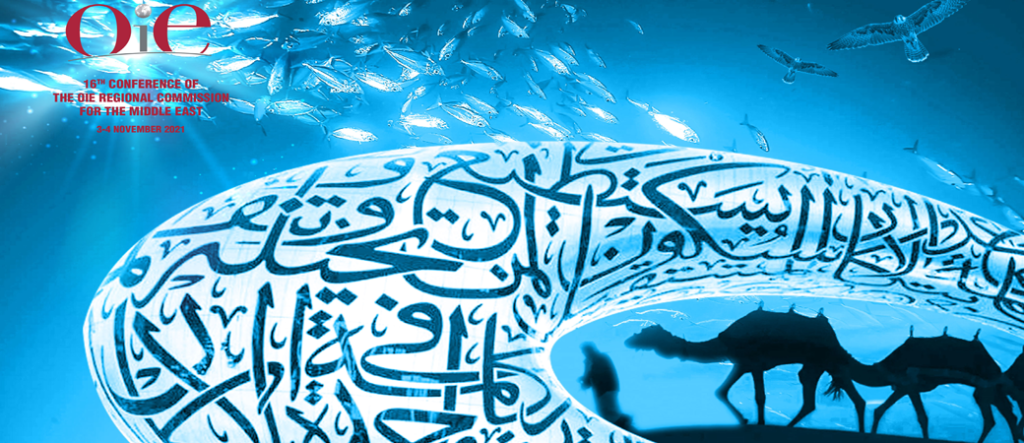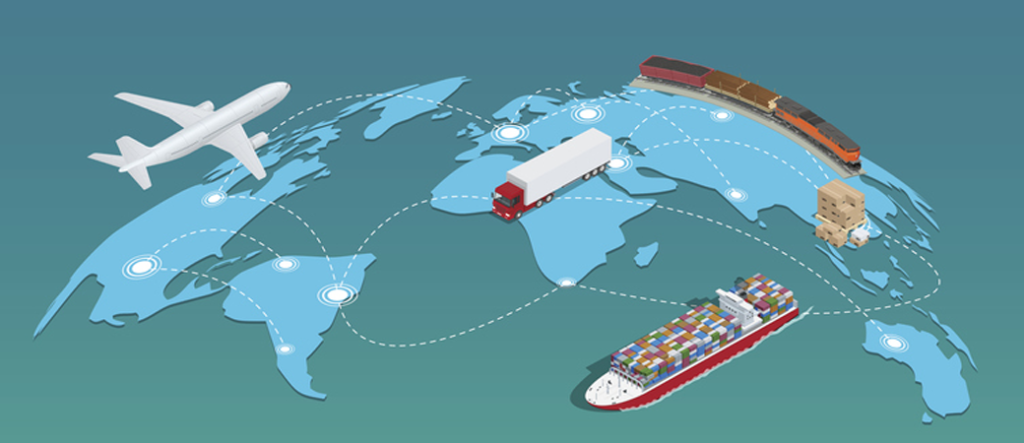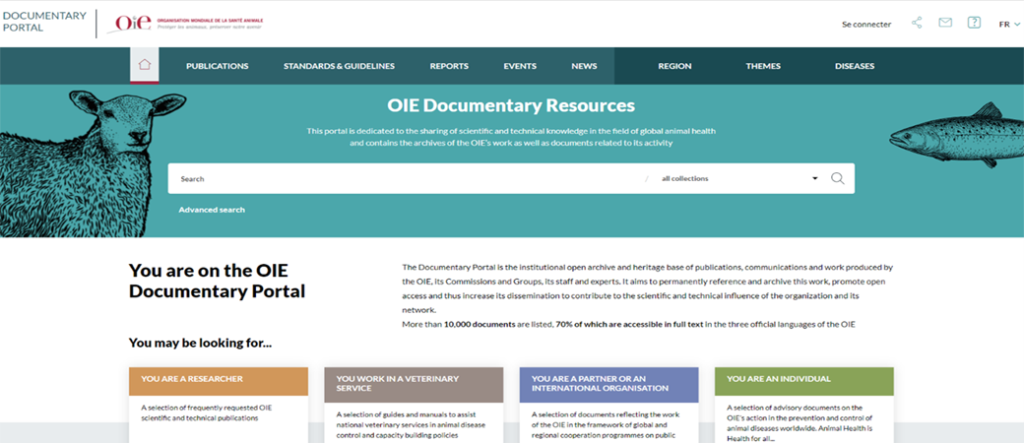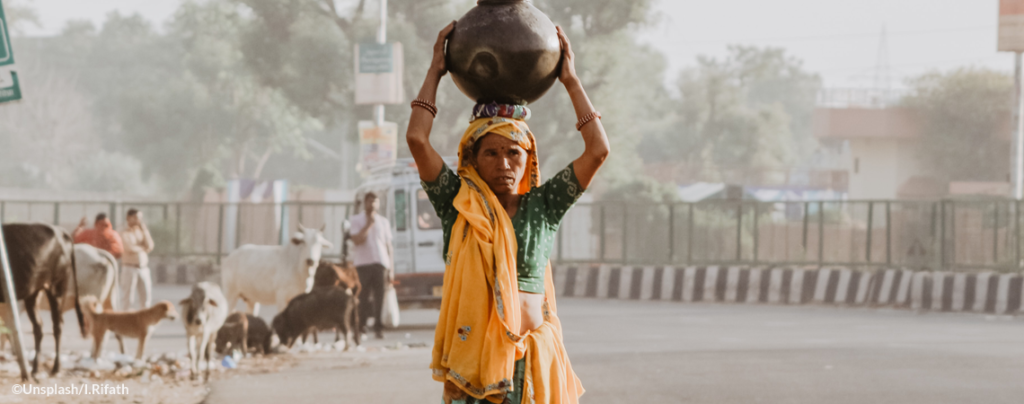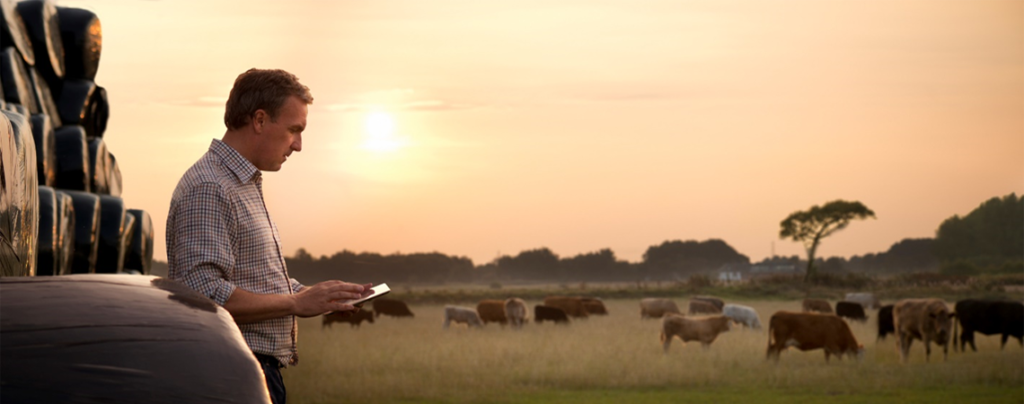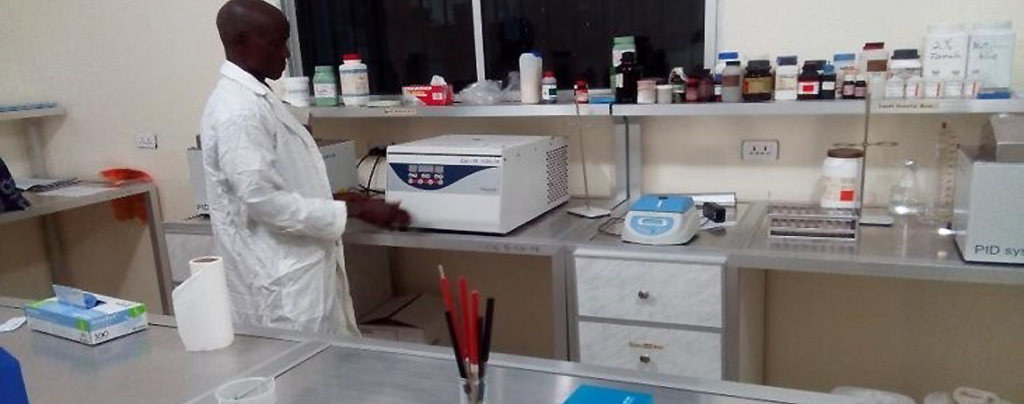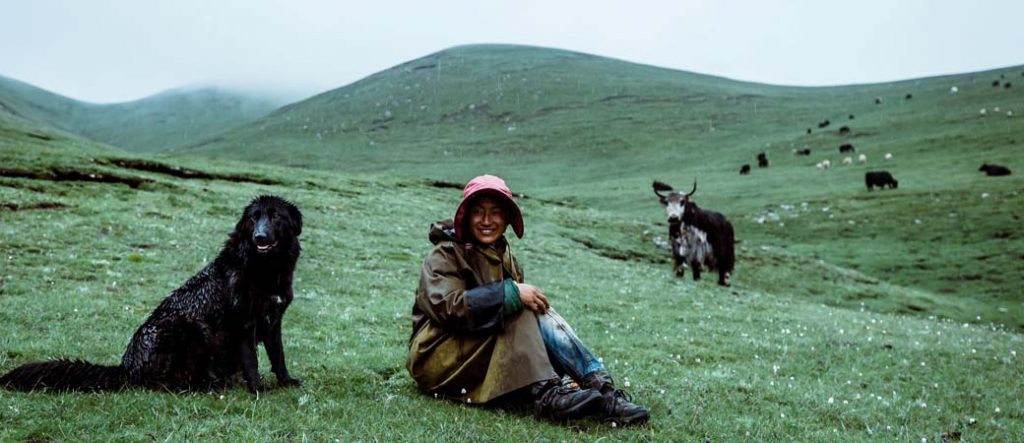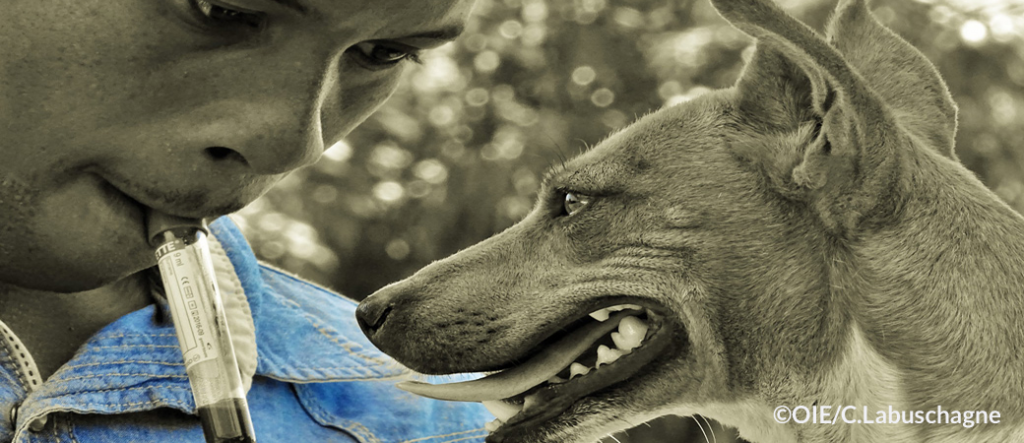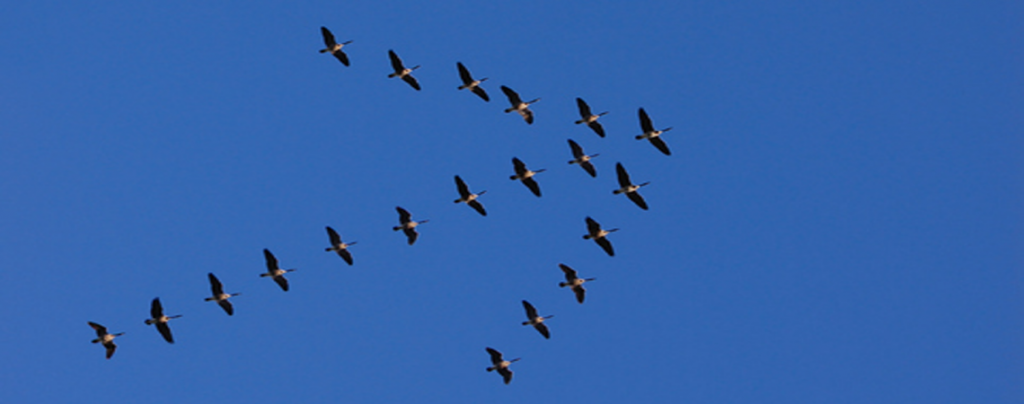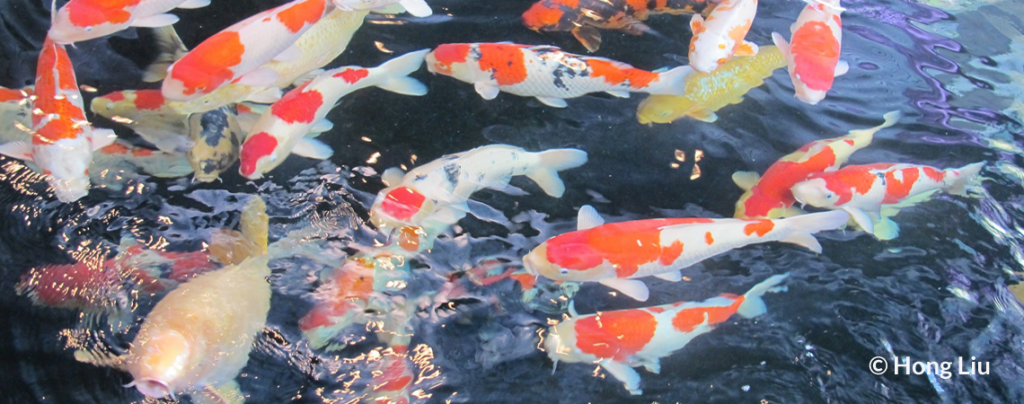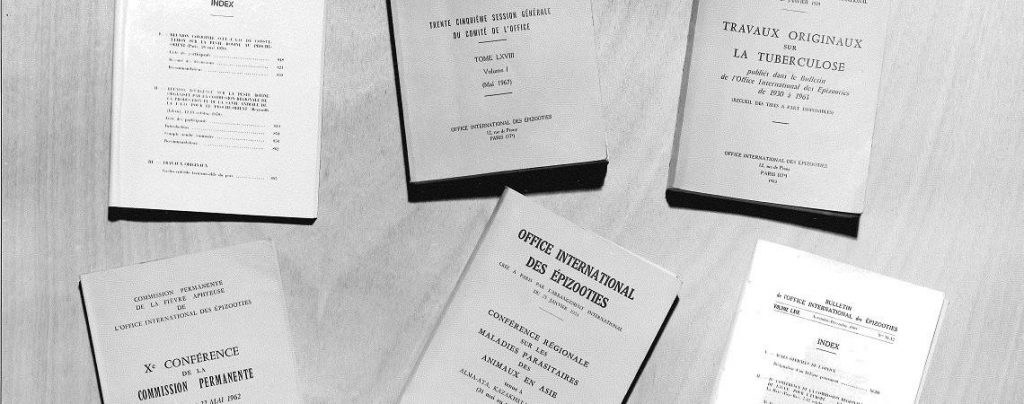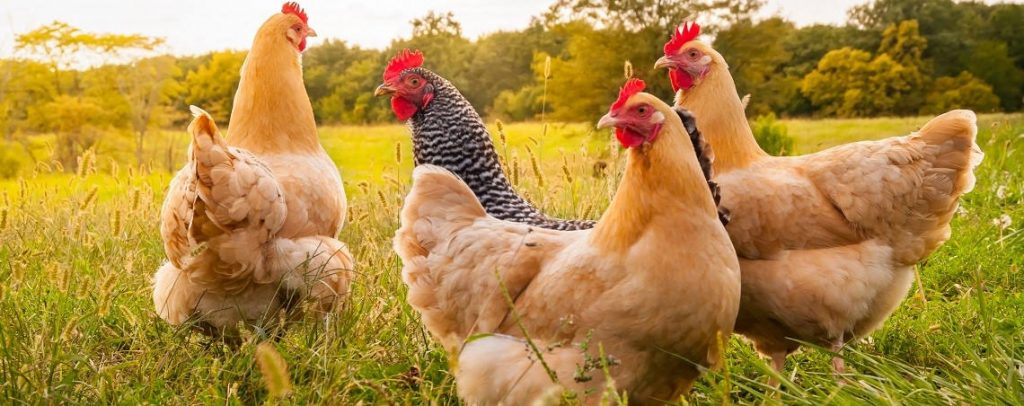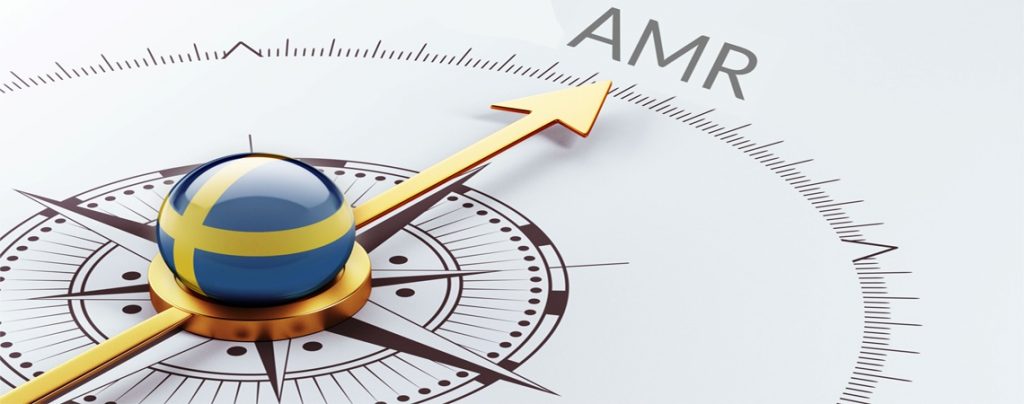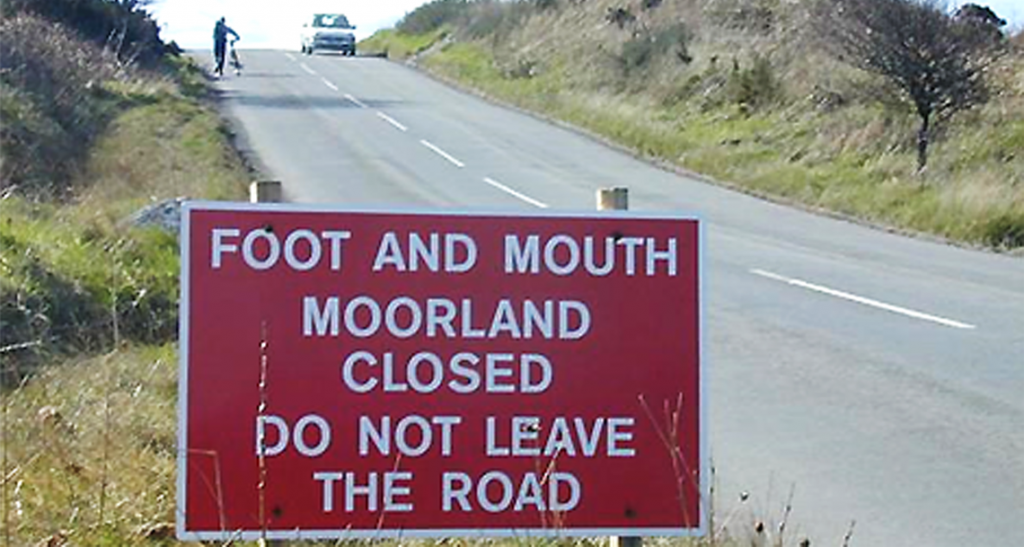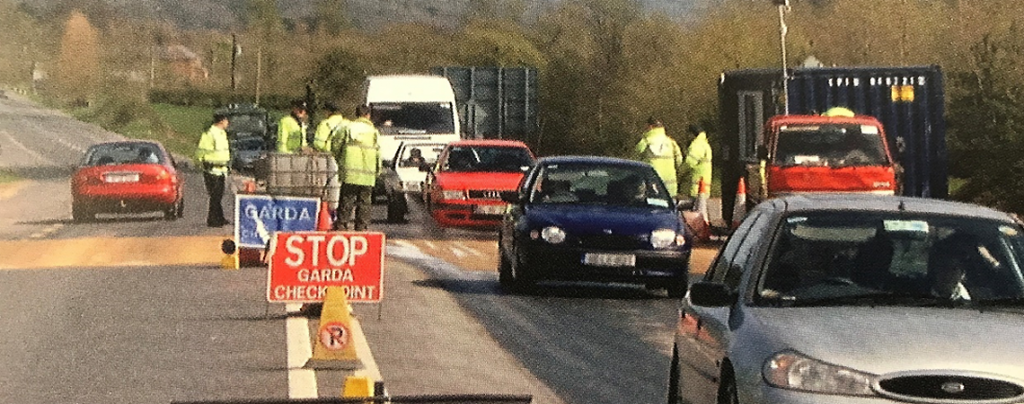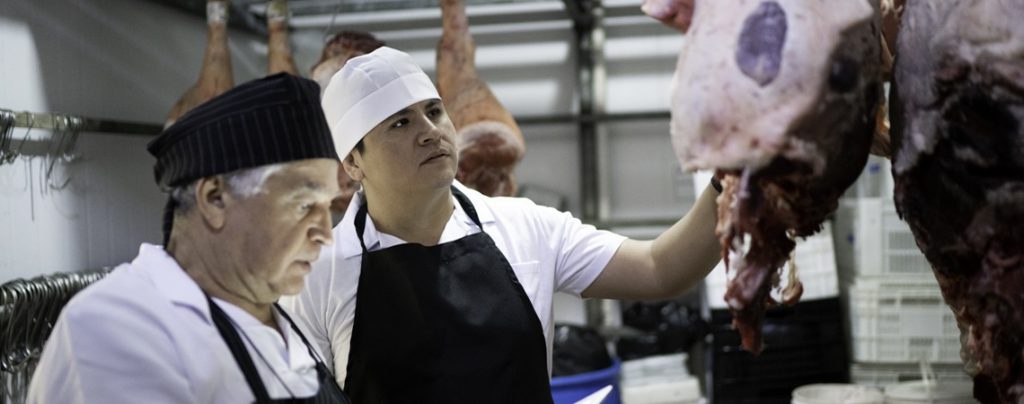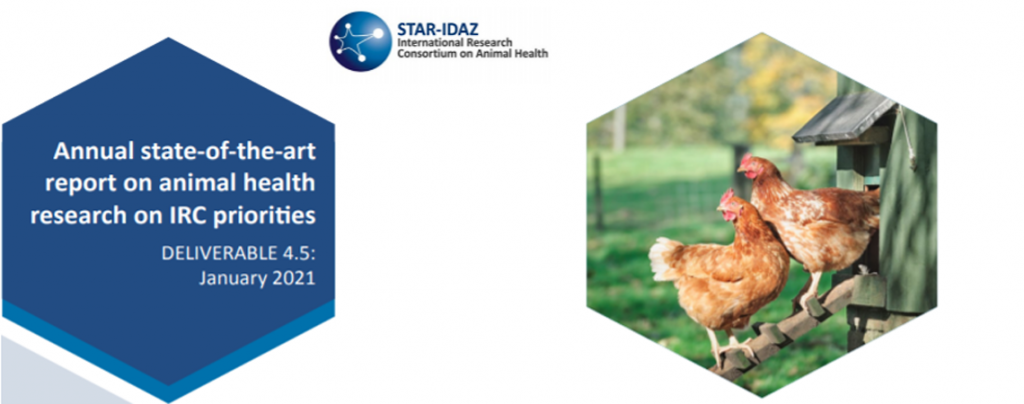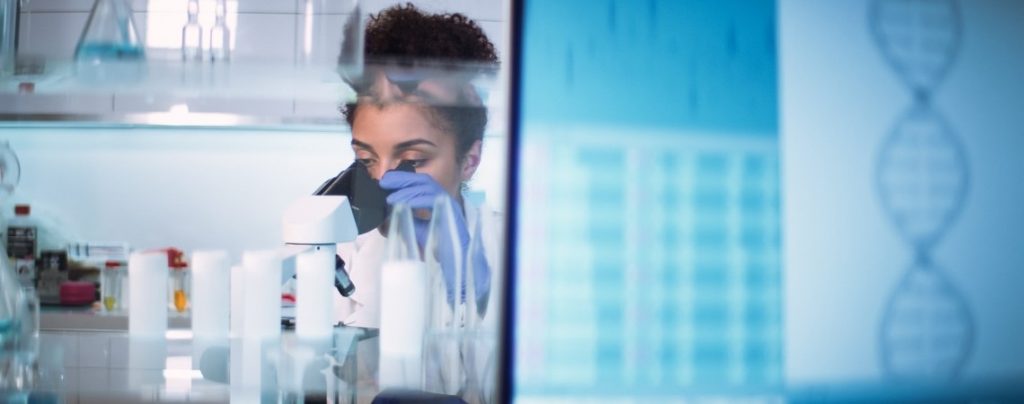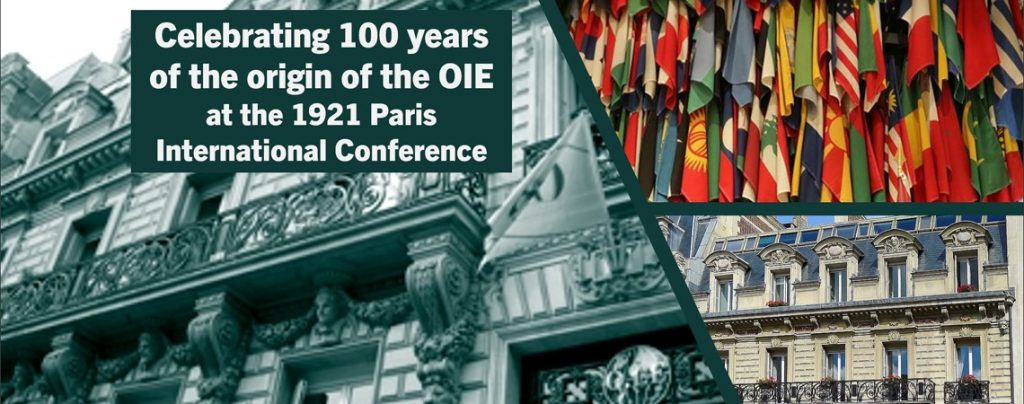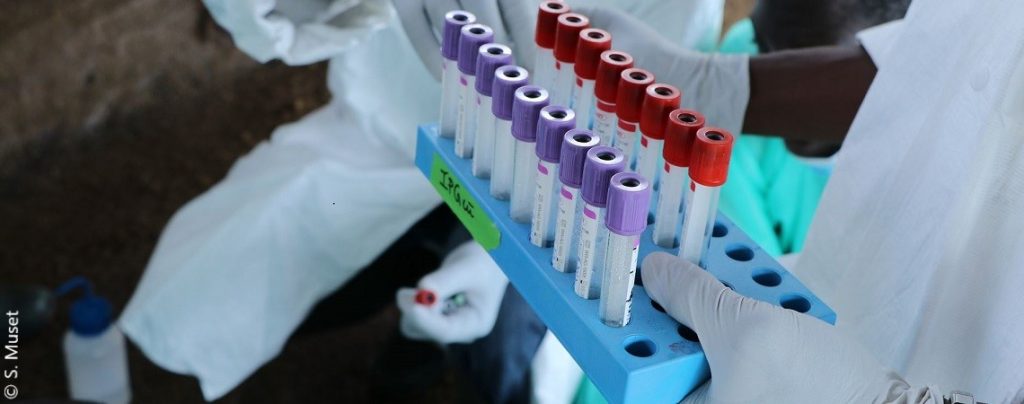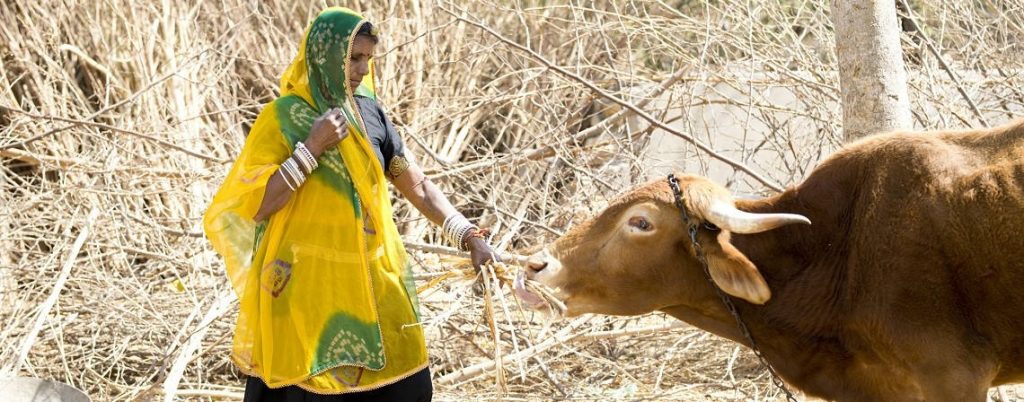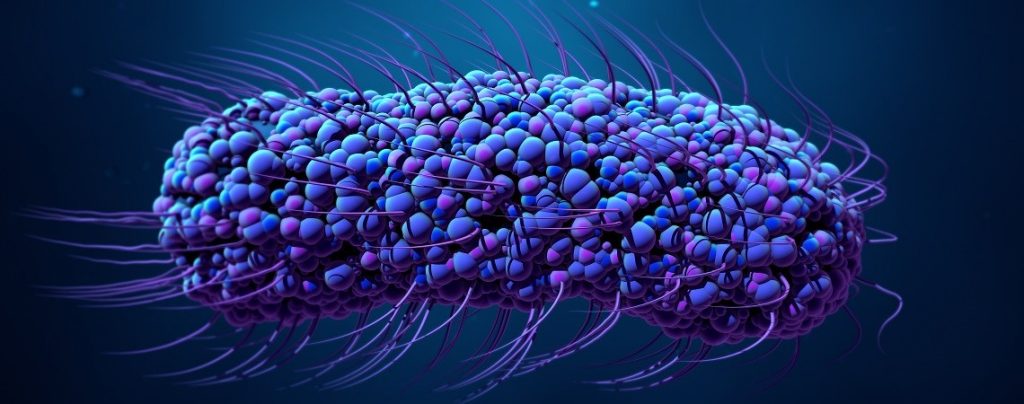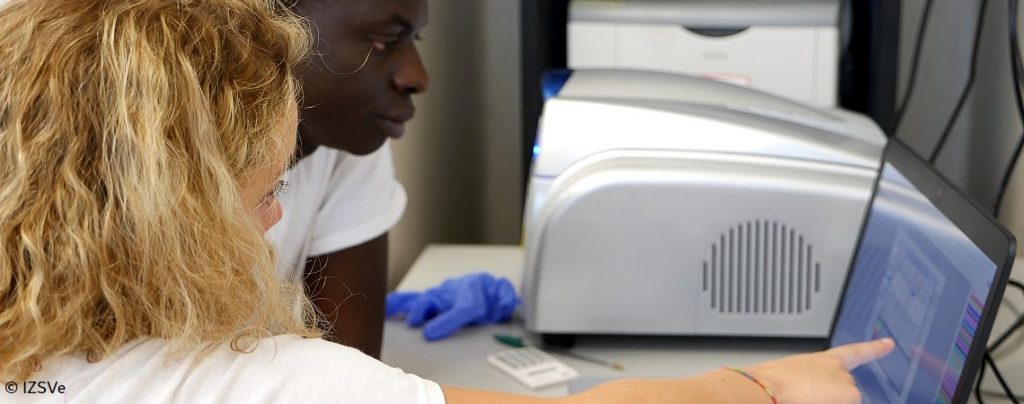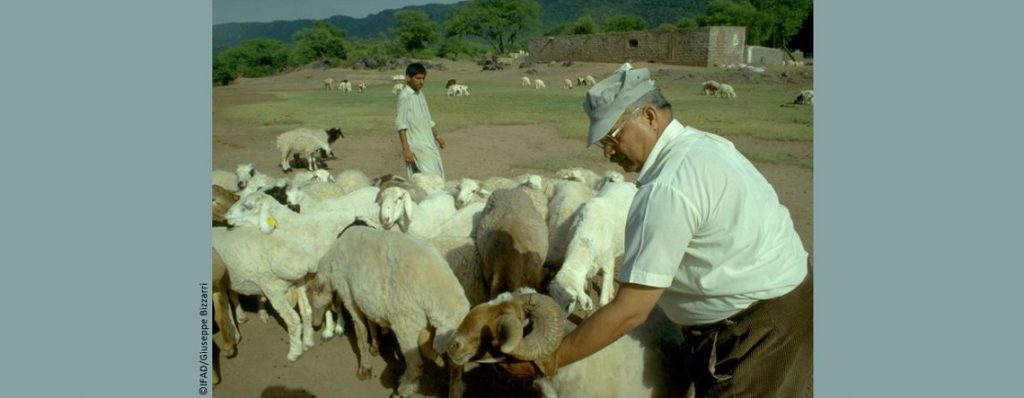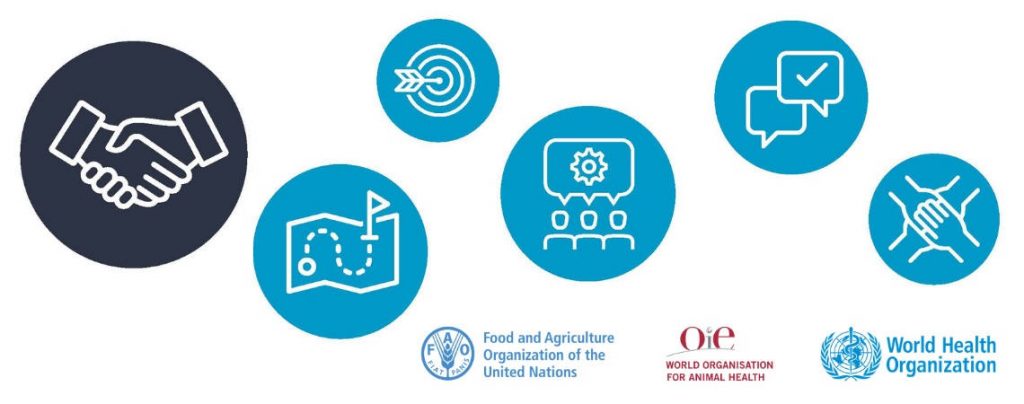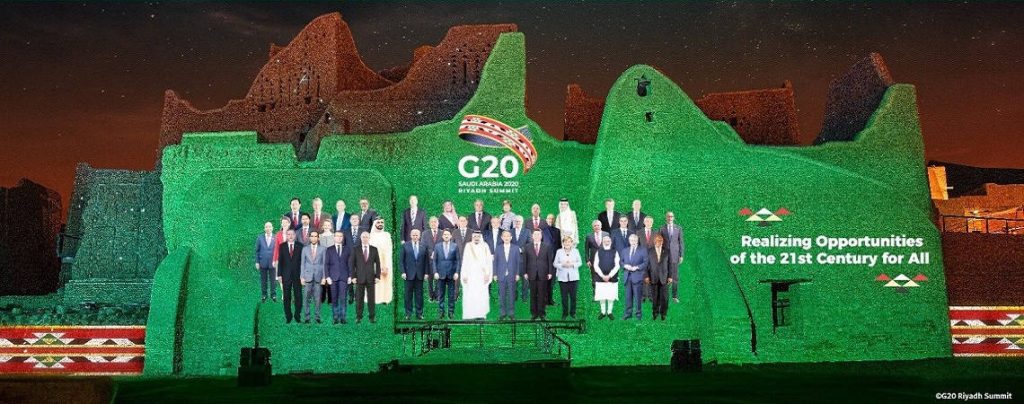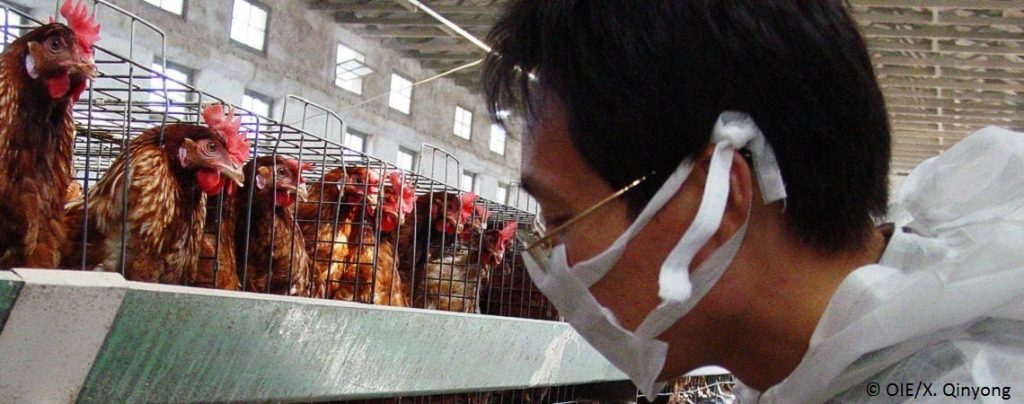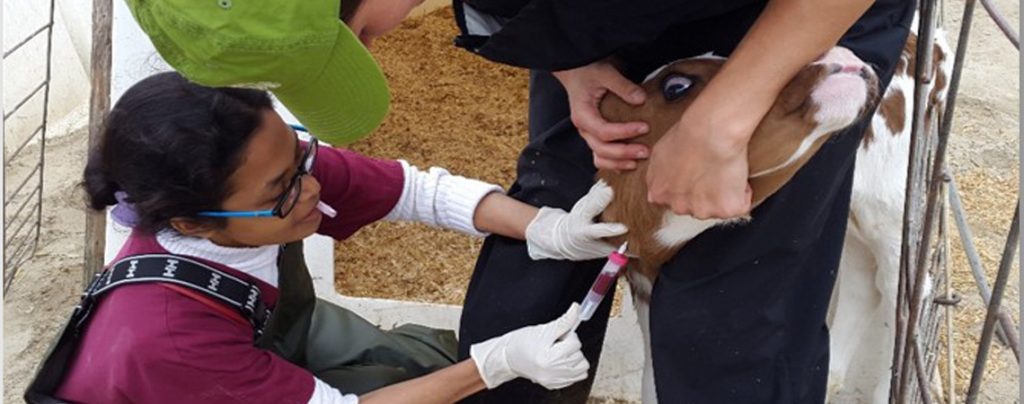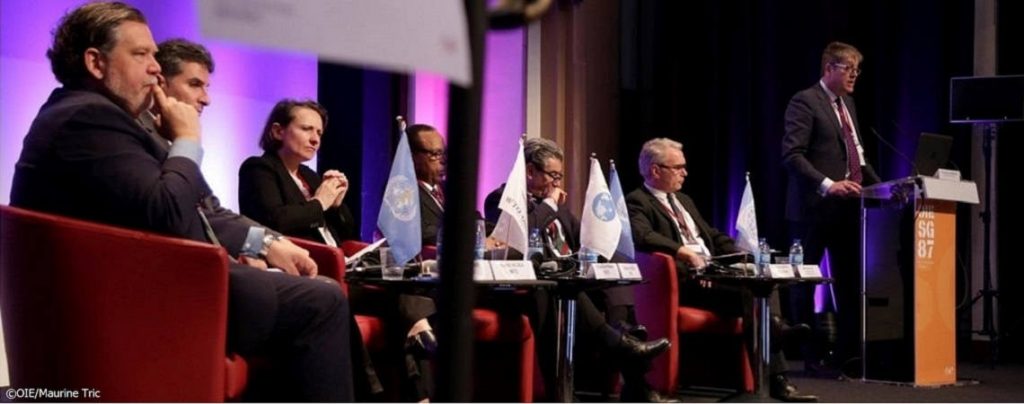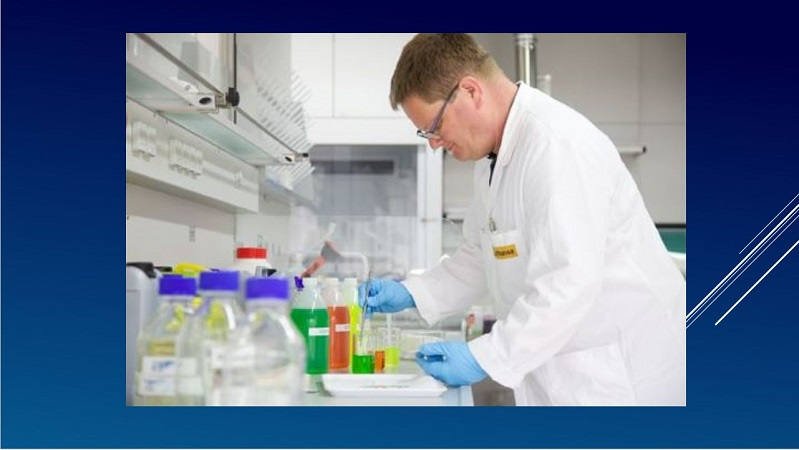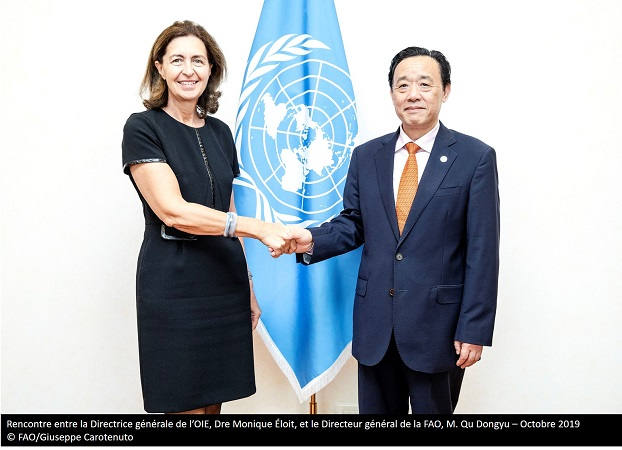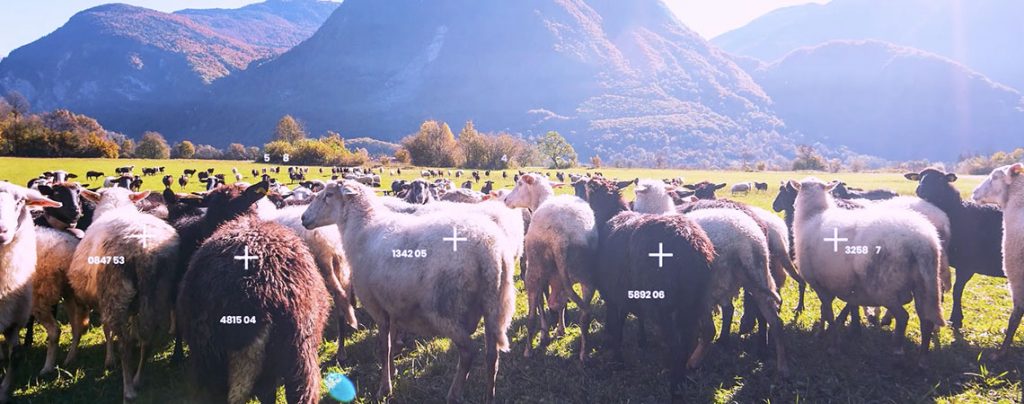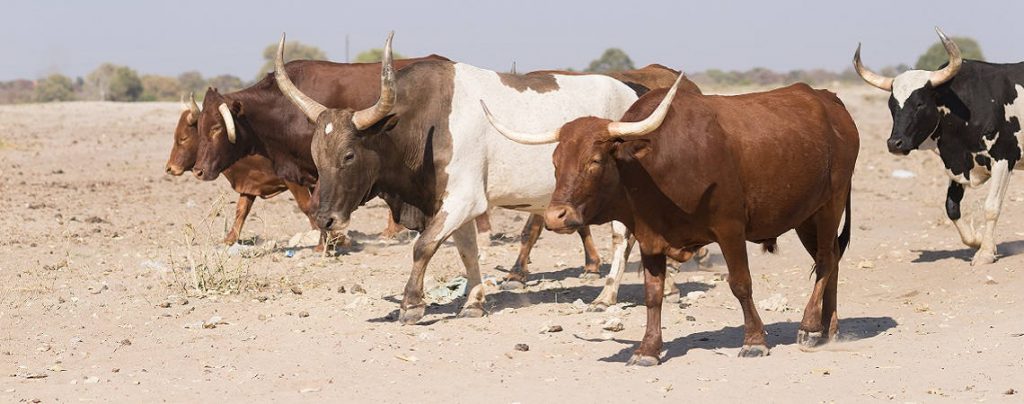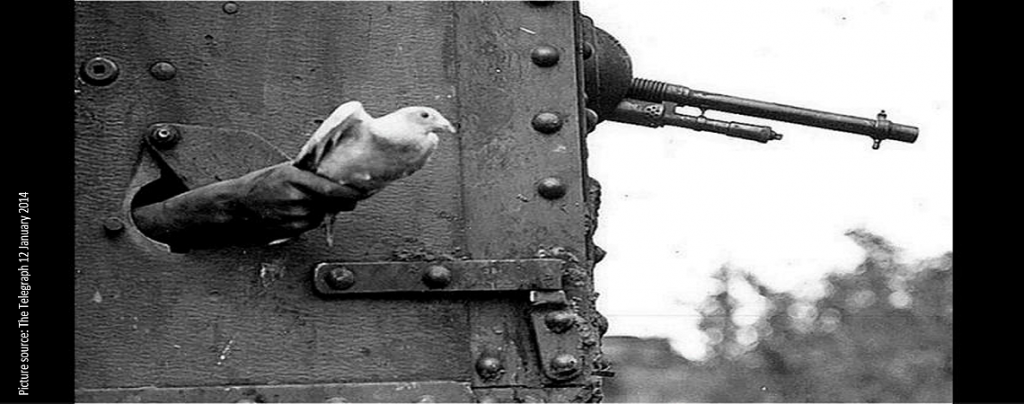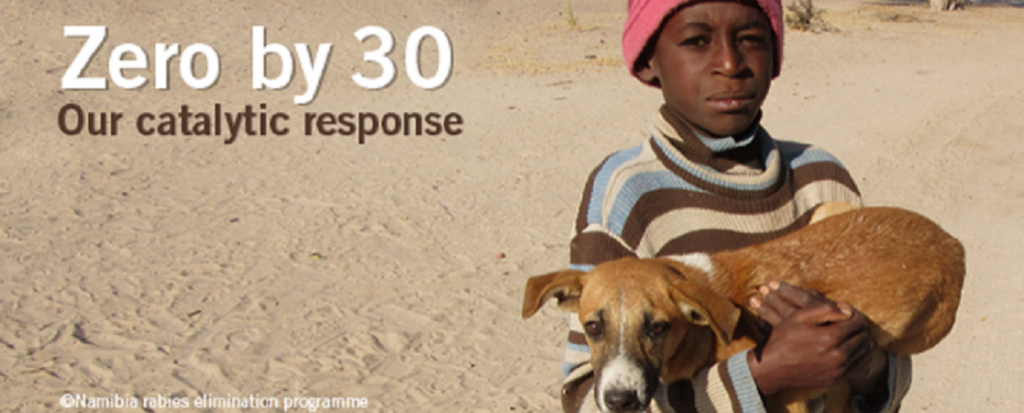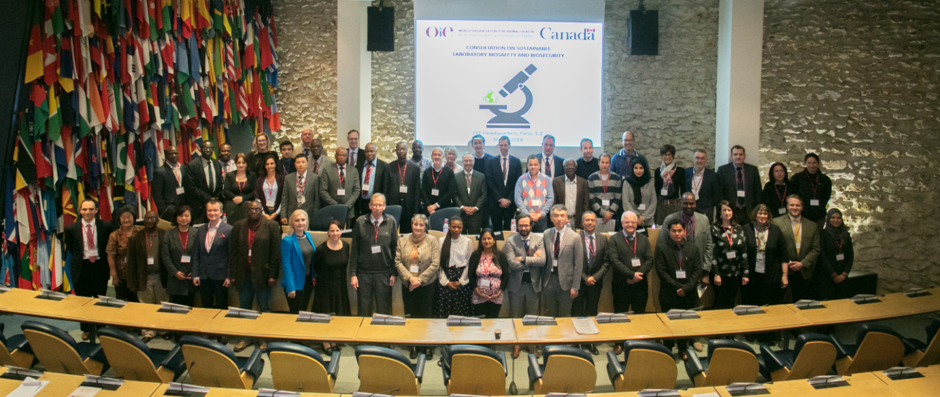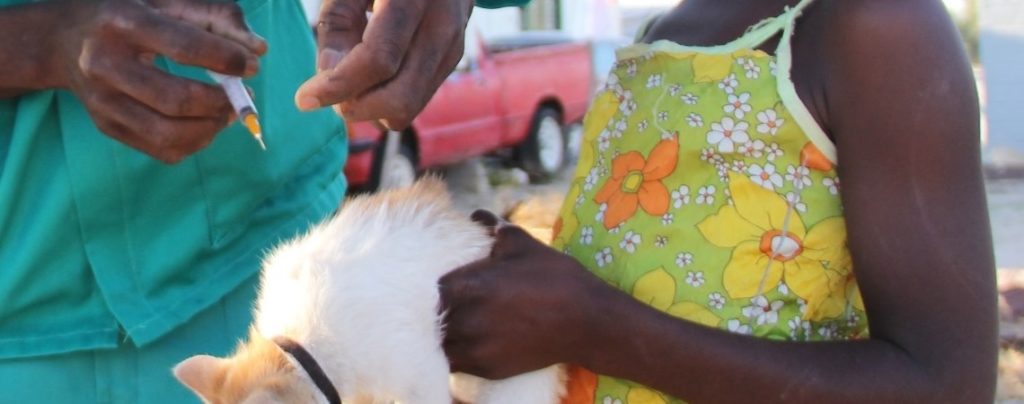INFORMATION EN CONTINU Posté sur 2021-09-30 07:42:34
Enhancing veterinary laboratory capacity in COVID-19’s wake through the first-ever virtual OIE PVS mission
Mots-clés
The COVID-19 pandemic has marked a challenging but breakthrough moment for science, research and society at large. A cornerstone of human and animal health systems, laboratories across the world have seen the continuity of their operations put to the test. Their significant engagement to enhance capacity, to conduct research and to put equipment and expertise at the disposal of the larger health system, often meant that only critical diagnostic laboratory functions were maintained and ramped up, while other types of activities had to take a back seat. Travel restrictions made access to laboratory facilities limited or nearly impossible for external stakeholders, and essential quality assurance activities, such as audits and technical training, became difficult to implement. Among these challenges was the implementation of in-country missions by the World Organisation for Animal Health (OIE).
The OIE, however, was prompt to react and adapt its flagship capacity building programme, called the Performance of Veterinary Services (PVS) Pathway. With a voluntary, country-centric approach and targeted support lying at its heart, the programme has provided independent expertise to national Veterinary Services in more than 140 countries over the last decade. Carried out remotely in Liberia earlier this year, the latest PVS Sustainable Laboratories mission sets itself apart as an example of the Organisation’s adaptation to the COVID-19 disruption. This remote initiative revealed opportunities for increased flexibility and possibilities for innovation in veterinary laboratories through new delivery modalities.
Making the digital leap: challenges and opportunities
To propose a 100% virtual mission to Liberia, the OIE undertook a risk analysis to identify the critical success factors for this new kind of activity. After the methodology and tools were adapted, the mission was ready to begin.
The initiative took off in Liberia’s Leon Quist Ledlum Central Veterinary Diagnostic Laboratory in January 2021. Being the only lab in the West African country, the facility has been playing a key role and it now aims to increase its capacity to conduct more animal health surveillance programmes at a national level.
A series of webinars were organised over a three-month period on three different aspects: data collection, resource modelling and the preparation of a mission report. Like for all similar missions, the team was made up of OIE-trained internationally renowned experts. Despite the new format, the mission’s objectives remained unchanged: to identify physical, human and economic resources needed by the country’s veterinary laboratory system, evaluate its performance within the broader national landscape, and present insight to the national Veterinary Services to support their decision-making process with resource allocation and help them keep risks in check.
The lack of in-person engagement was overwhelmingly perceived as the highest risk attached to this delivery modality. Initial concerns, however, were mitigated by the positive outcomes seen at an early stage: a greater amount of time to collect data, faster analyses, high-quality data visualisations thanks to improved digital tools. For Dr Ana Maria Nicola, Leader of the Liberia Mission Expert Team and Director of SENASA Veterinary Laboratories in Argentina, the data collection phase with more focused assistance from the PVS Experts enhanced the impact of the mission, the understanding of its objectives and the overall quantity and quality of data to support expertise and analysis.
But while technology acted as a key enabler, it also proved a constraint. Internet penetration in the African country currently stands at 19%. The laboratory landscape mirrors the country’s digital divide, which was further exacerbated by the pandemic: the lack of access to internet and hardware by most participants limited interactions with staff, making it hard for all participants to fully benefit from the online process. Despite frequent attempts to encourage active participation, ensuring a genuinely inclusive environment was not always an easy feat.
Another stumbling block was understanding the laboratory’s current context. The shift to the virtual modality required a change of mindset: operating at a distance lacks direct observations and valuable hands-on exposure to facilities along with the opportunity to appreciate its underlying features and capacities. In most cases, the operating environment had to be imagined based on staff declarations. Dr David Korcal, Team Member and Quality Assurance Manager at the Diagnostic Laboratory for Population and Animal Health in Michigan (United States of America), argues: ‘The idea of laboratory operations was formed through pictures and descriptions which were gathered over time. We had to be careful not to be too quick to form opinions without all the facts.’ All declarations made by the beneficiaries needed to be followed up, documented and confirmed, which added a layer of complexity to the mission. Dr Ana Maria Nicola echoes the statement, adding that declarations may paint a partial picture of the activities, but they cannot cover the whole context and workflow of laboratories – two components that are critical for putting them under the microscope.
A future-proof approach
The lessons learnt from this first-ever virtual PVS Pathway mission are plentiful: more effective preparation and better methodology, higher flexibility and continuity of the project activities under severe conditions, just to name a few. By applying the OIE guiding principles of scientific expertise and commitment to stepping up global health management, capacity building efforts under the PVS Pathway framework have proved successful in delivering value to beneficiaries. ‘The personnel were very enthusiastic about the mission engagement,’ claims Laboratory Director Dr Watta Anthony. ‘I must admit that the mission has made a significant impact on our thinking and management skills.’
Importantly, the virtual mission points to a way forward with digital tools and collaboration playing an important role. This technology-driven vision also fits into the broader objectives of the OIE 7th Strategic Plan, and specifically the commitment to tap into the potential of data. ‘The digitalised PVS Pathway offered to Liberia by the OIE Mission was well received,’ comments Dr Joseph Anderson, OIE Liberia Delegate and Director of Livestock in the Veterinary Services Department of Animal Health Services Ministry of Agriculture in the country.
‘I personally learnt a lot of useful details from the mission and colleagues about the process that will make our laboratory very functional and sustainable.’
However, although the positive outlook bodes well for the future, a 100% remote format may only partially suit roll out on a large scale. Assessing both the challenges and impacts of practices implemented as a result of COVID-19 has been key to finding an equitable formula where the OIE can improve results for Members, experts, and resource partners alike. Because they combine web-based activities and face-to-face interactions, blended missions seem to be well-positioned to fulfil this need with their dual nature: they hold the most potential to increase efficiency, ensure accountability and cut cost, while also engaging countries’ participation earlier and more effectively.
Restrictions on cross-border movements are likely to remain in place over the coming months. This means that a fully virtual delivery will be embraced for upcoming OIE PVS Sustainable laboratories missions. The experience with Liberia, however, is certainly one to remember as a new milestone in the history of the OIE: by informing the development of other PVS Pathway missions, it will fuel wins for the future and inspire hybrid ways for the Organisation to respond to rising challenges and see its activities thrive in an increasingly interconnected world.
OIE News – September 2021




